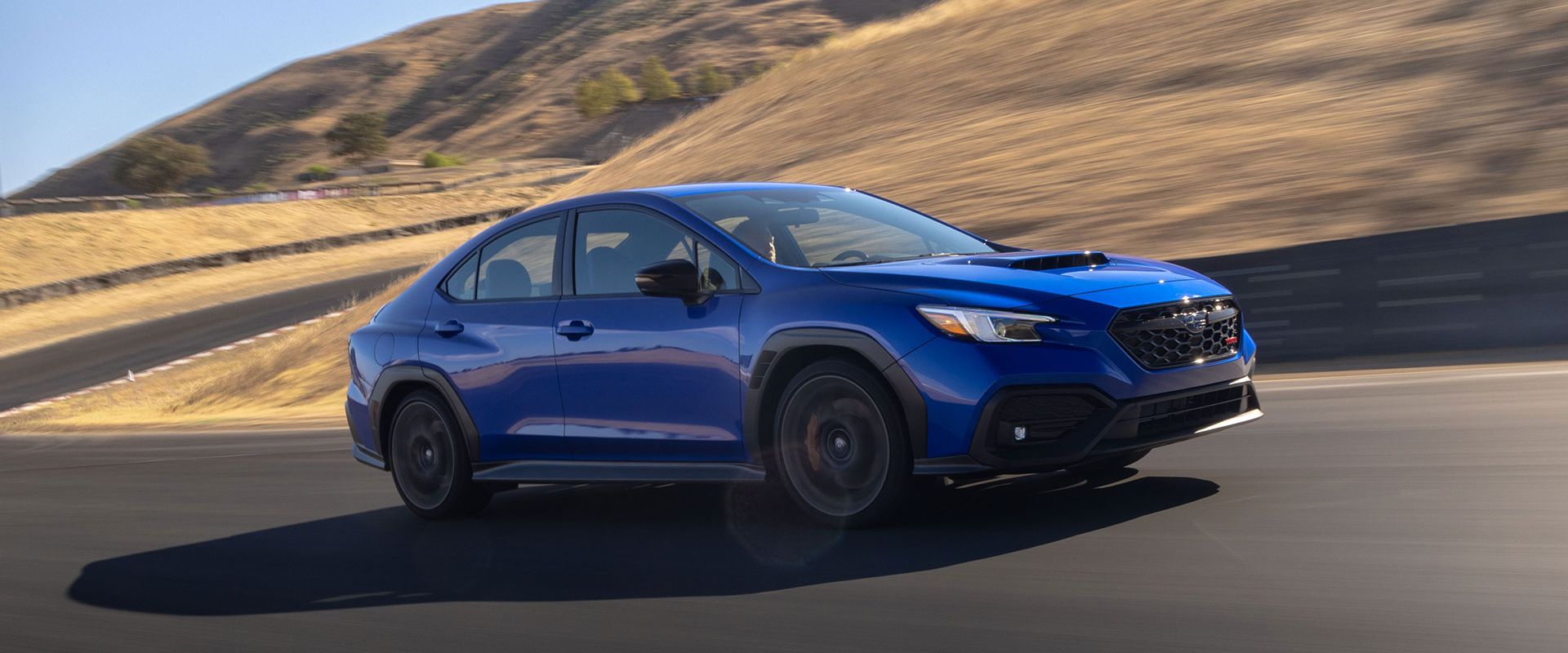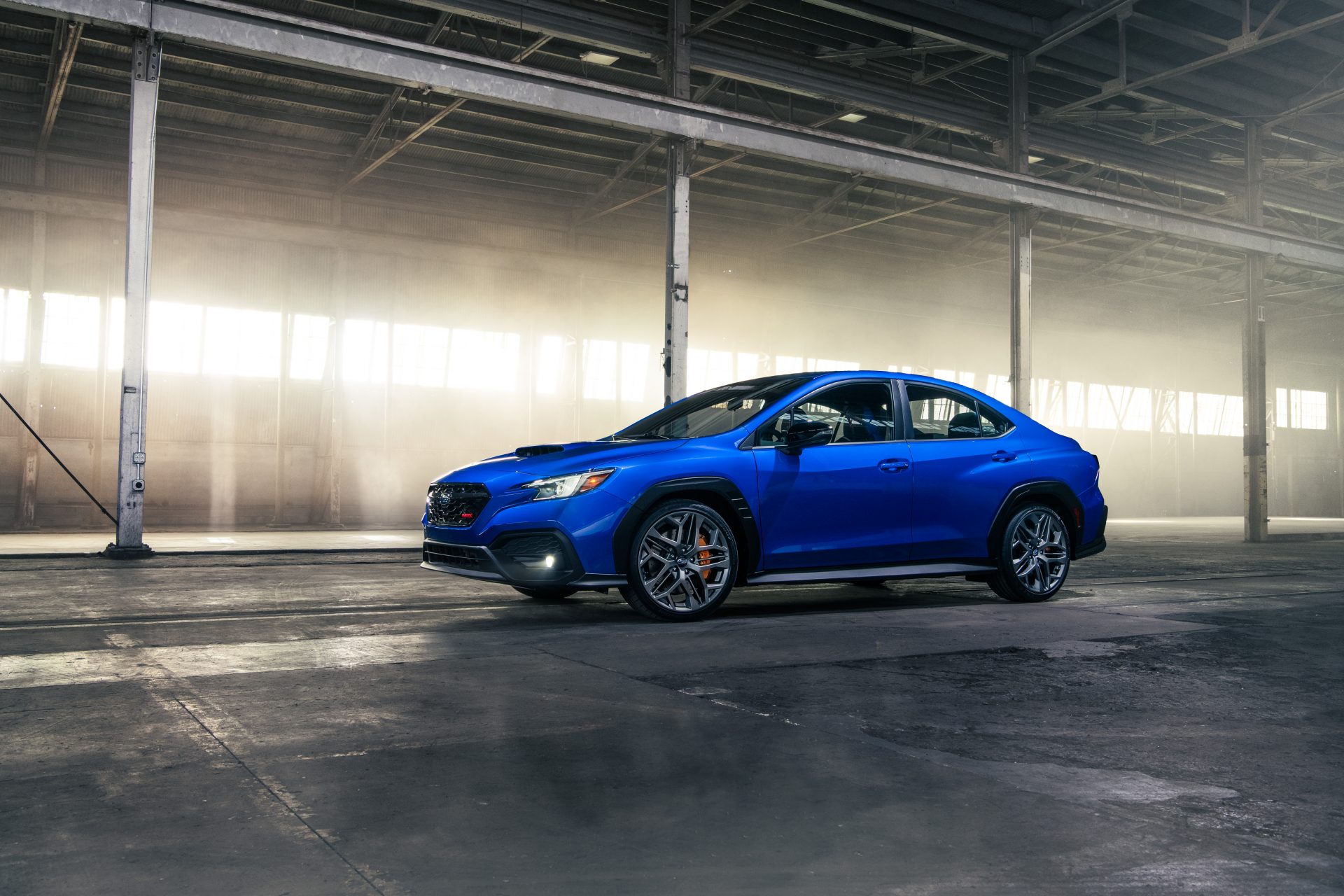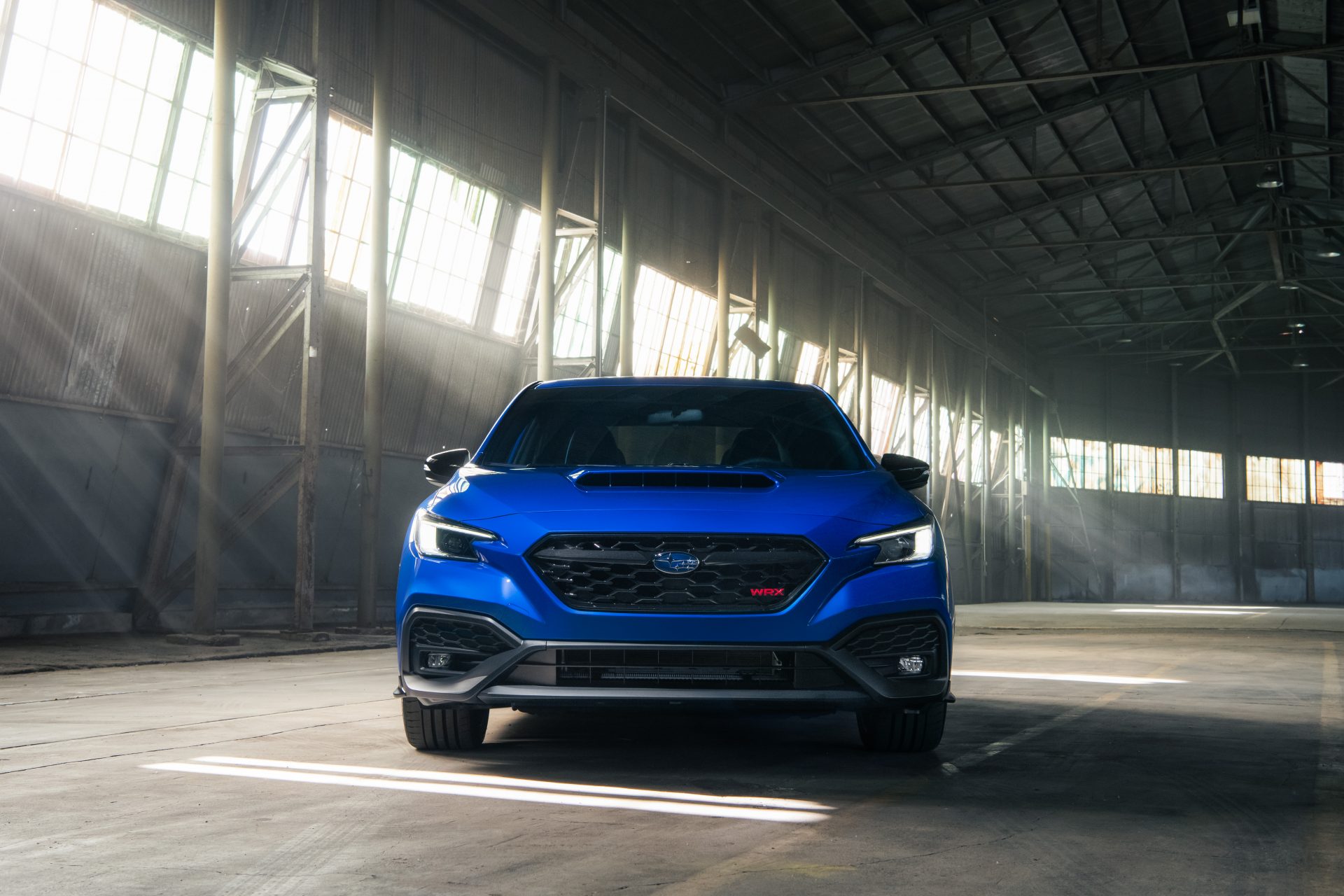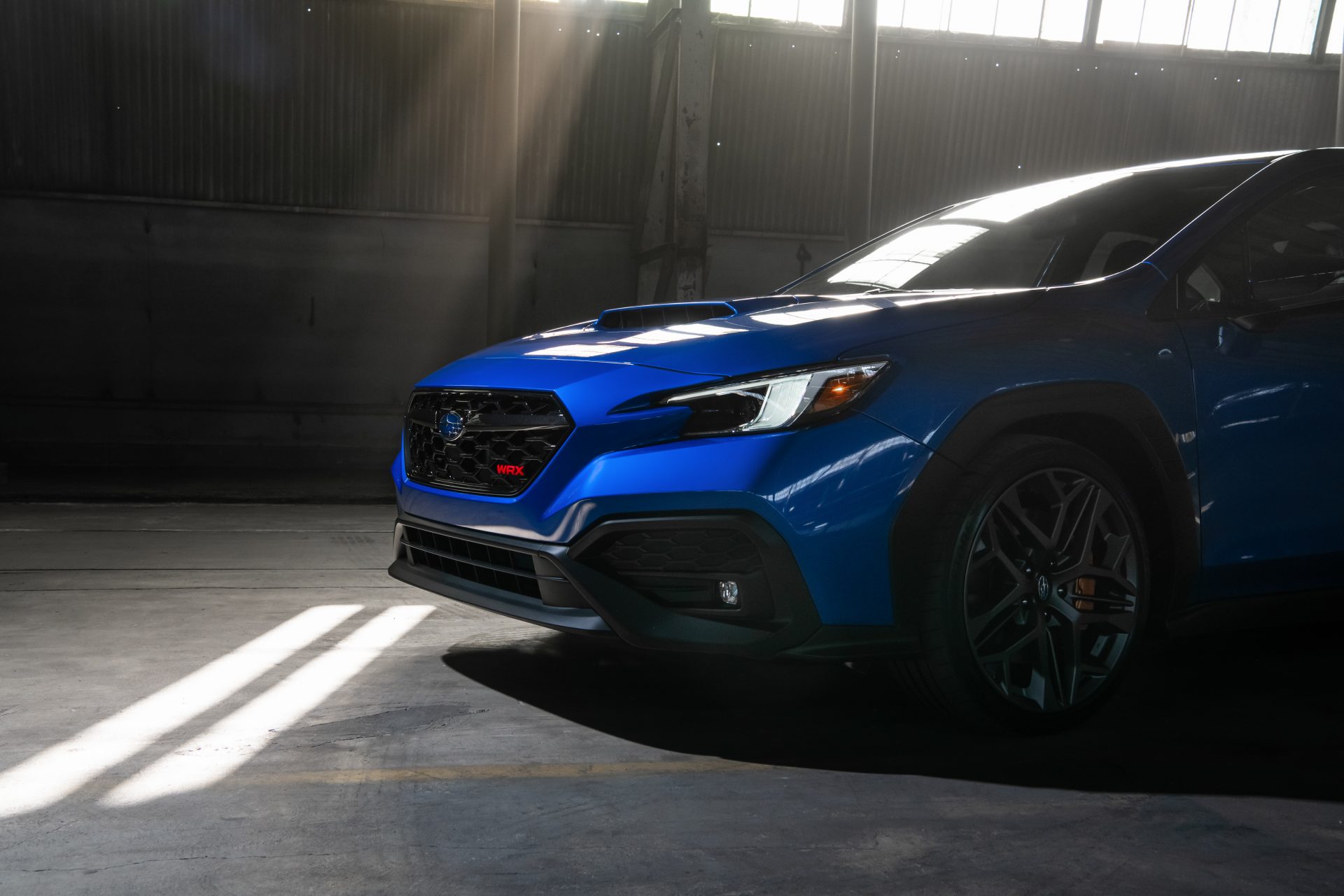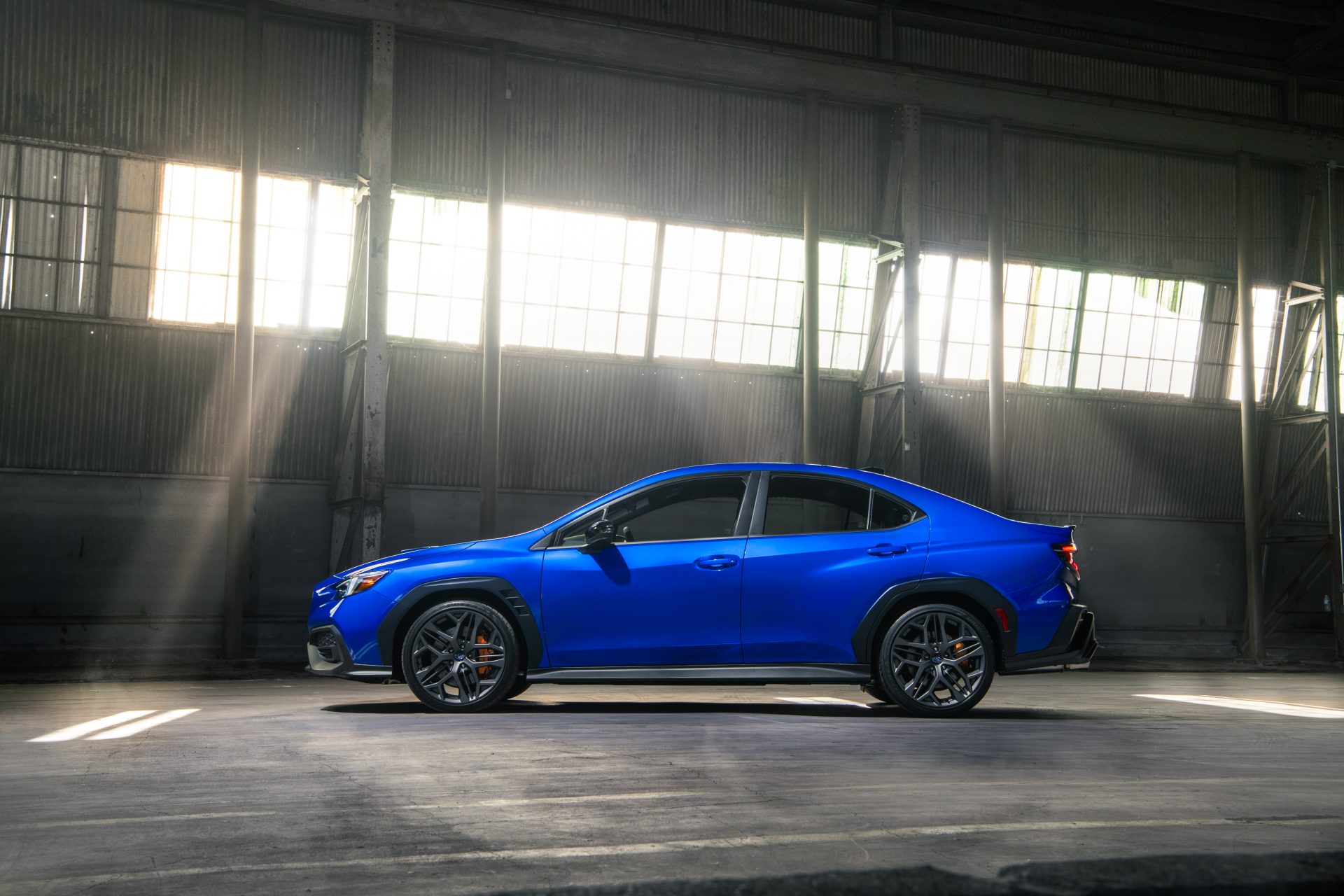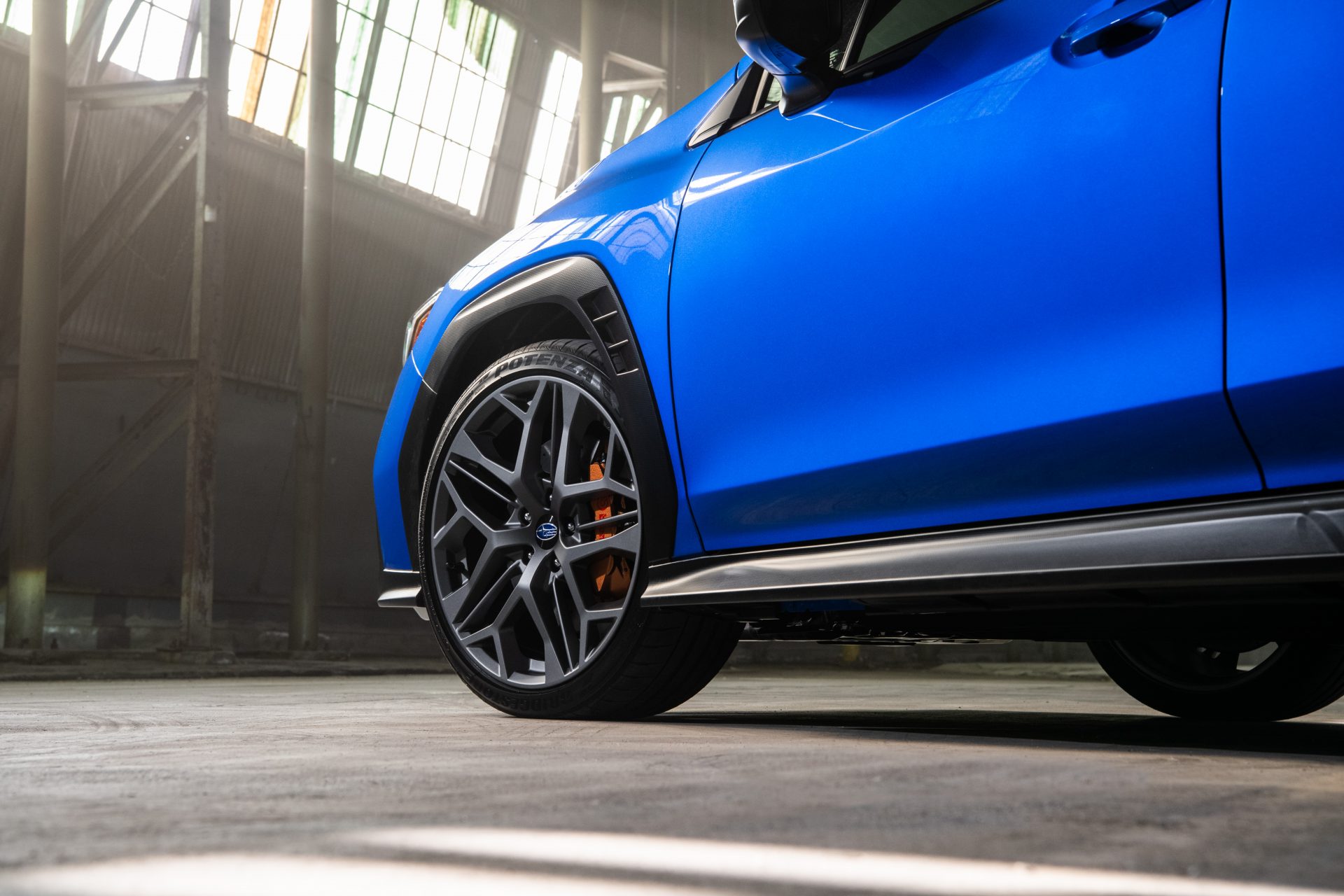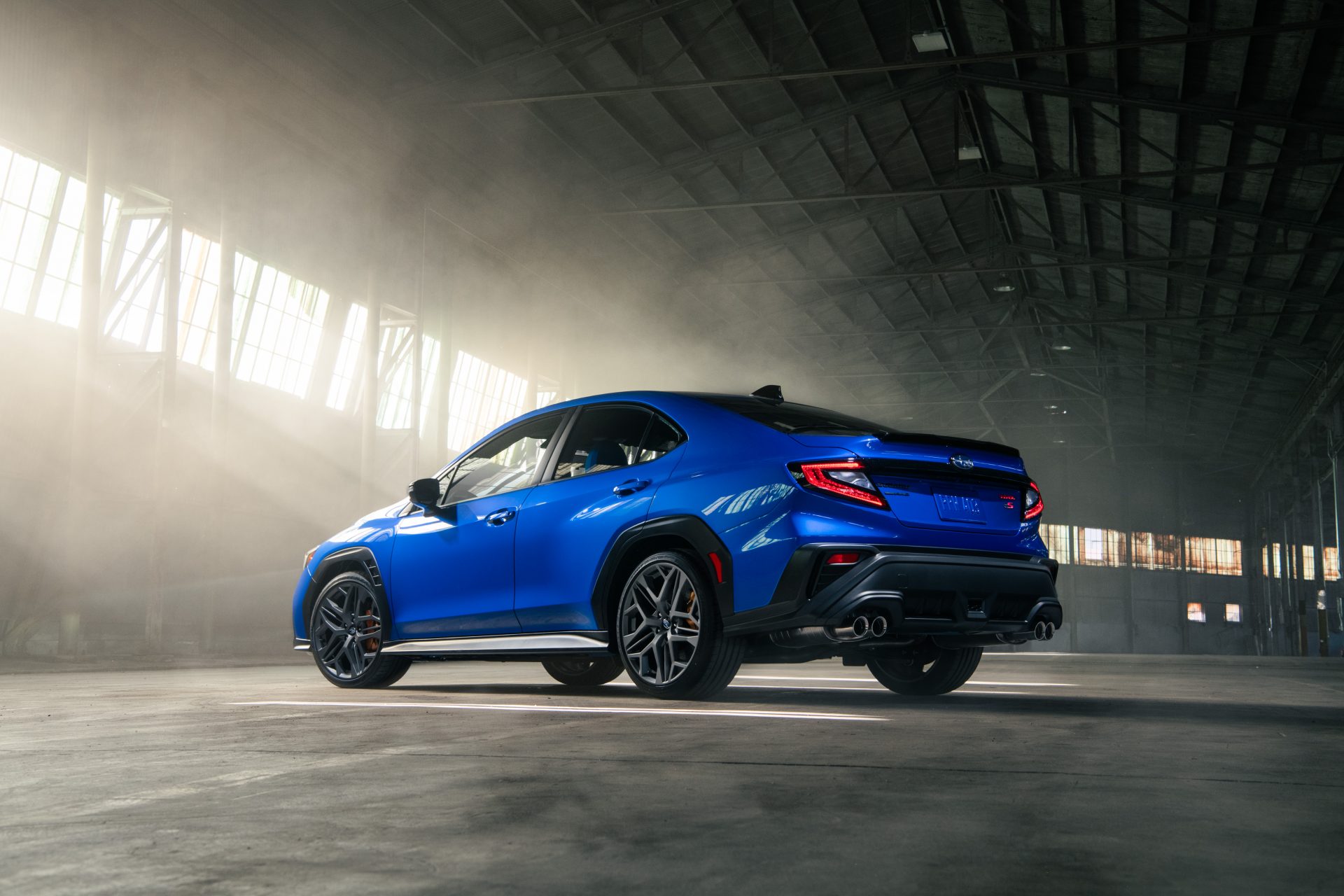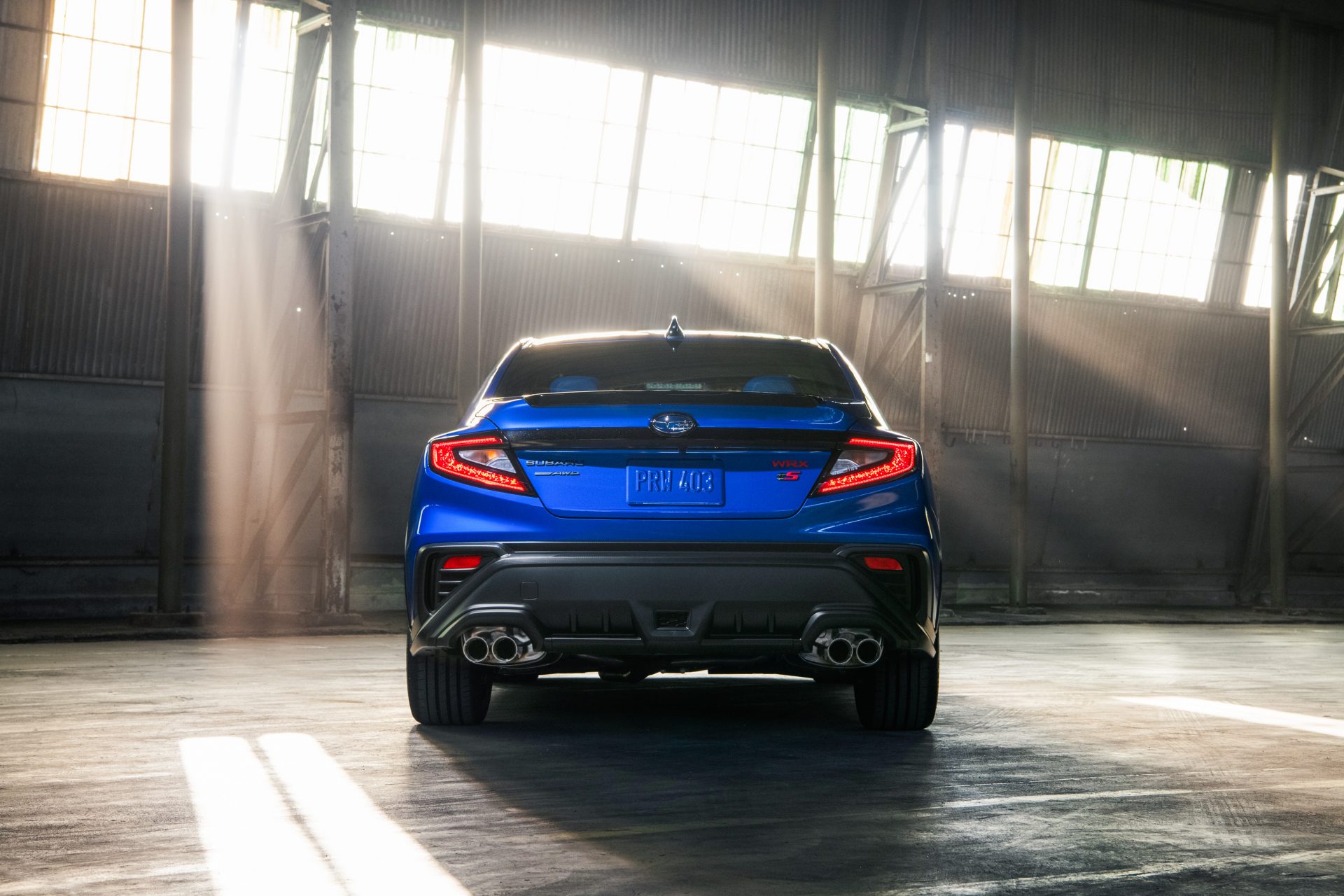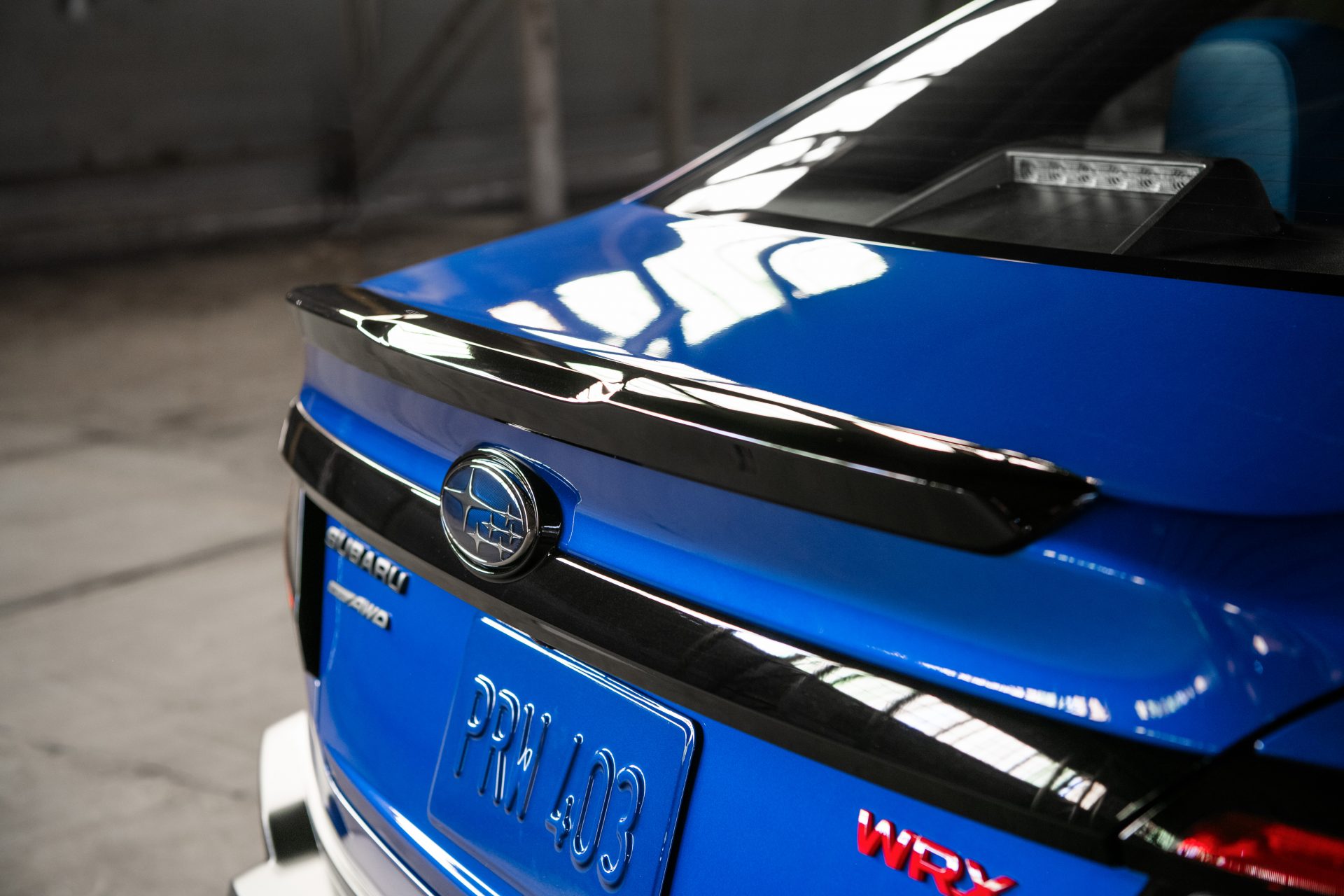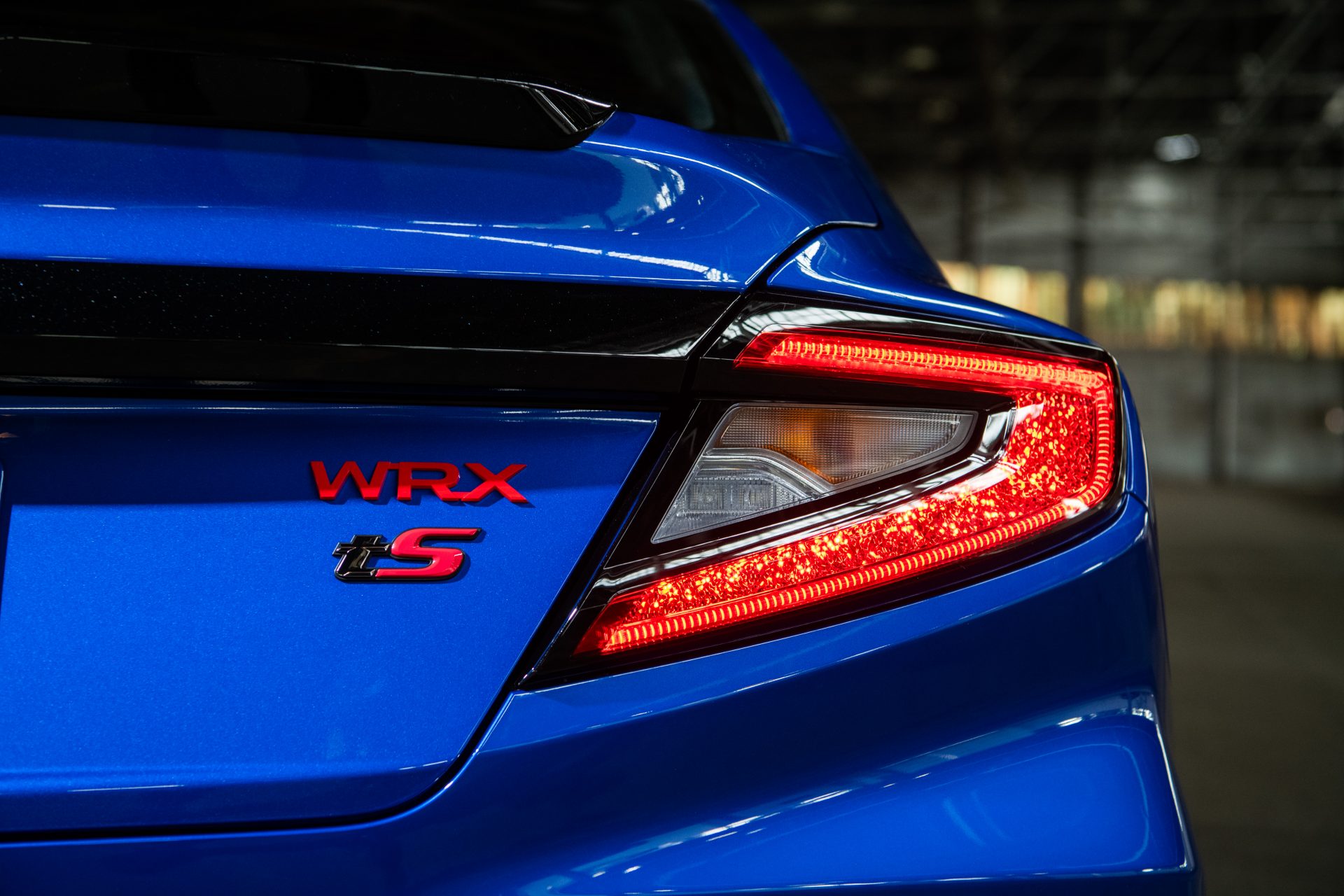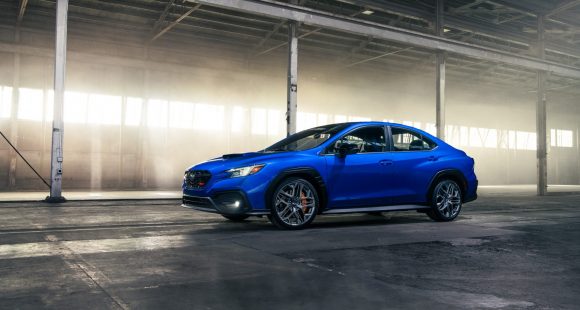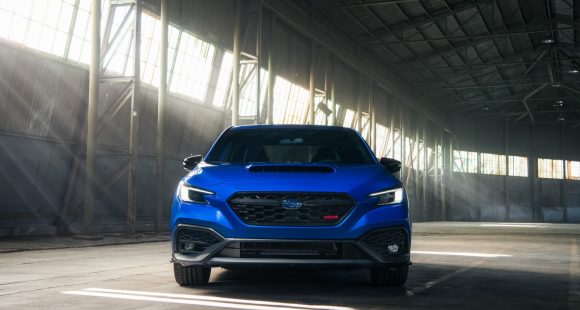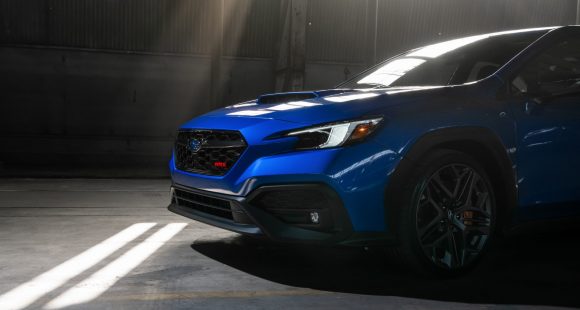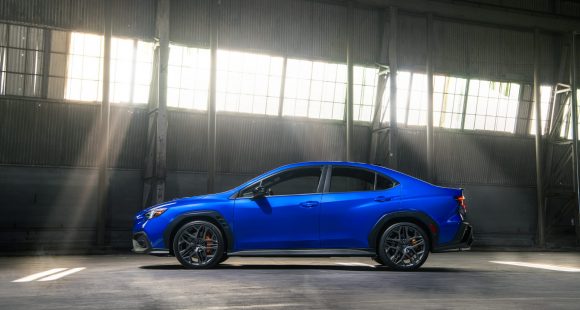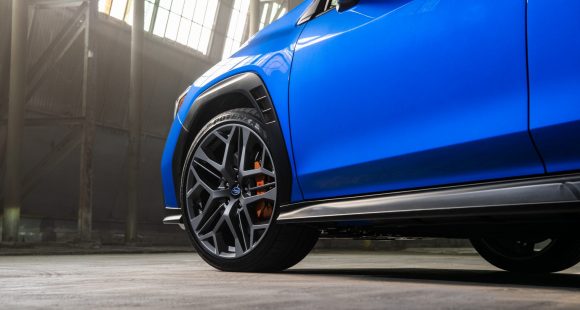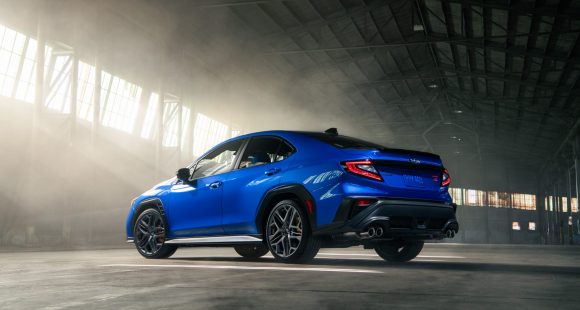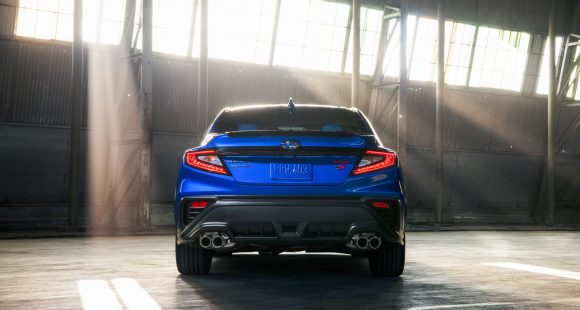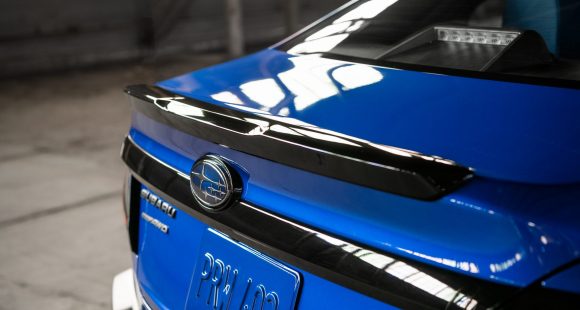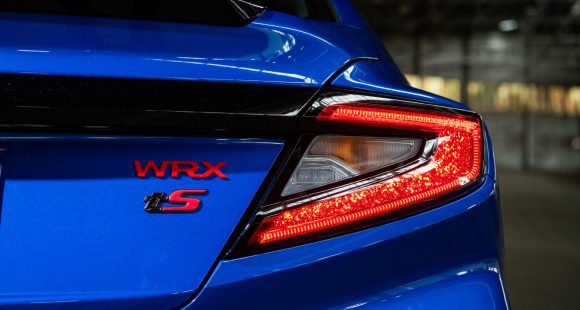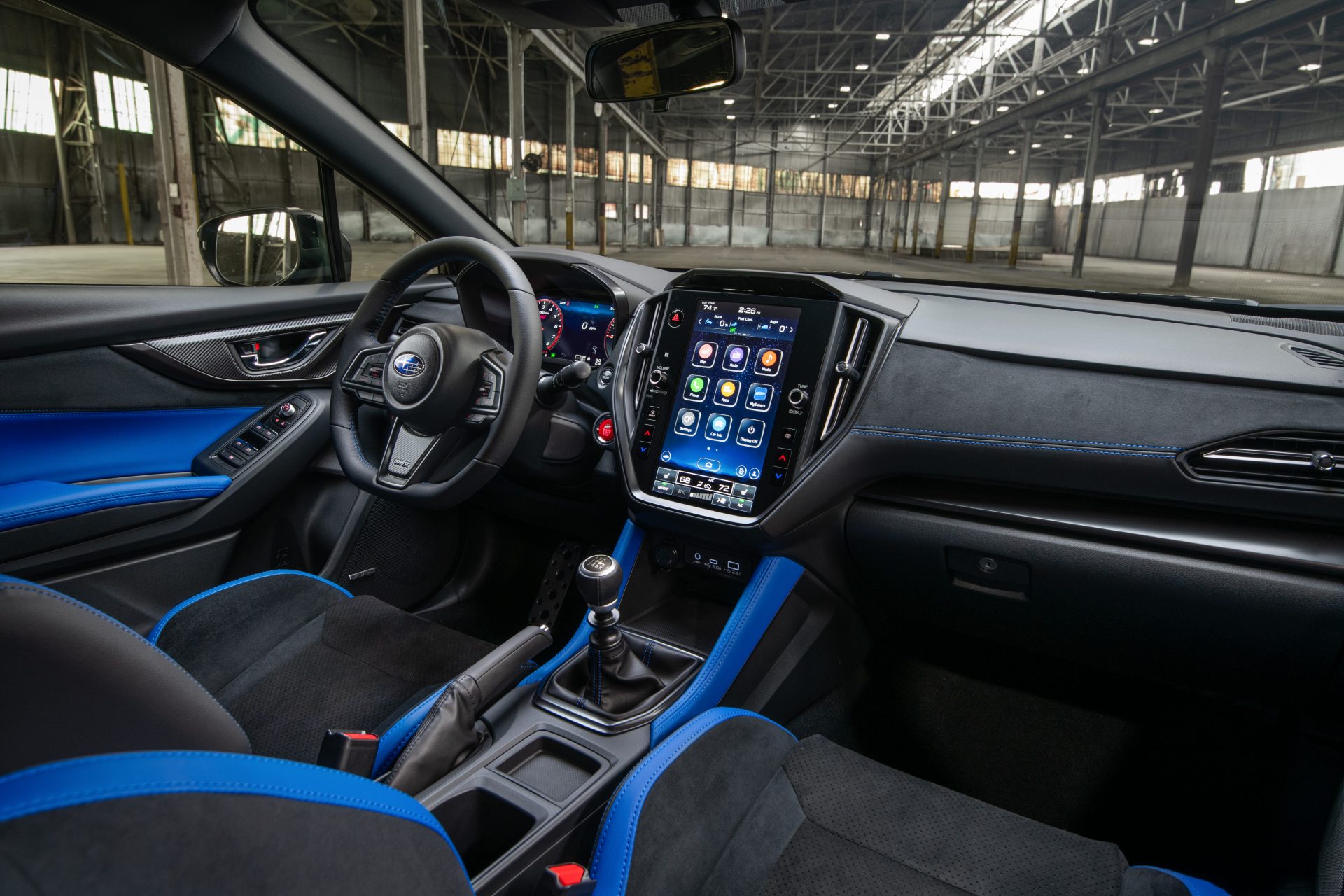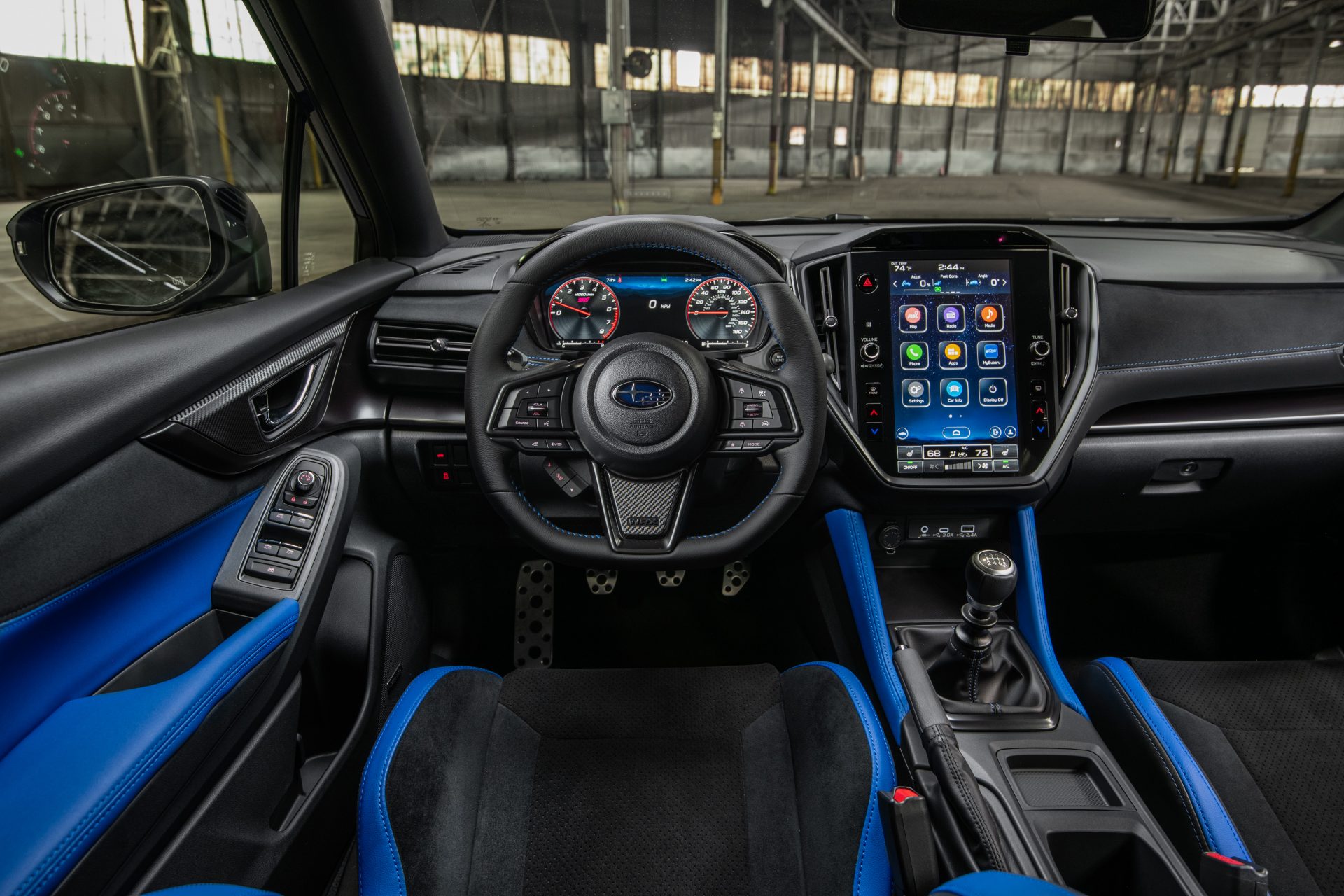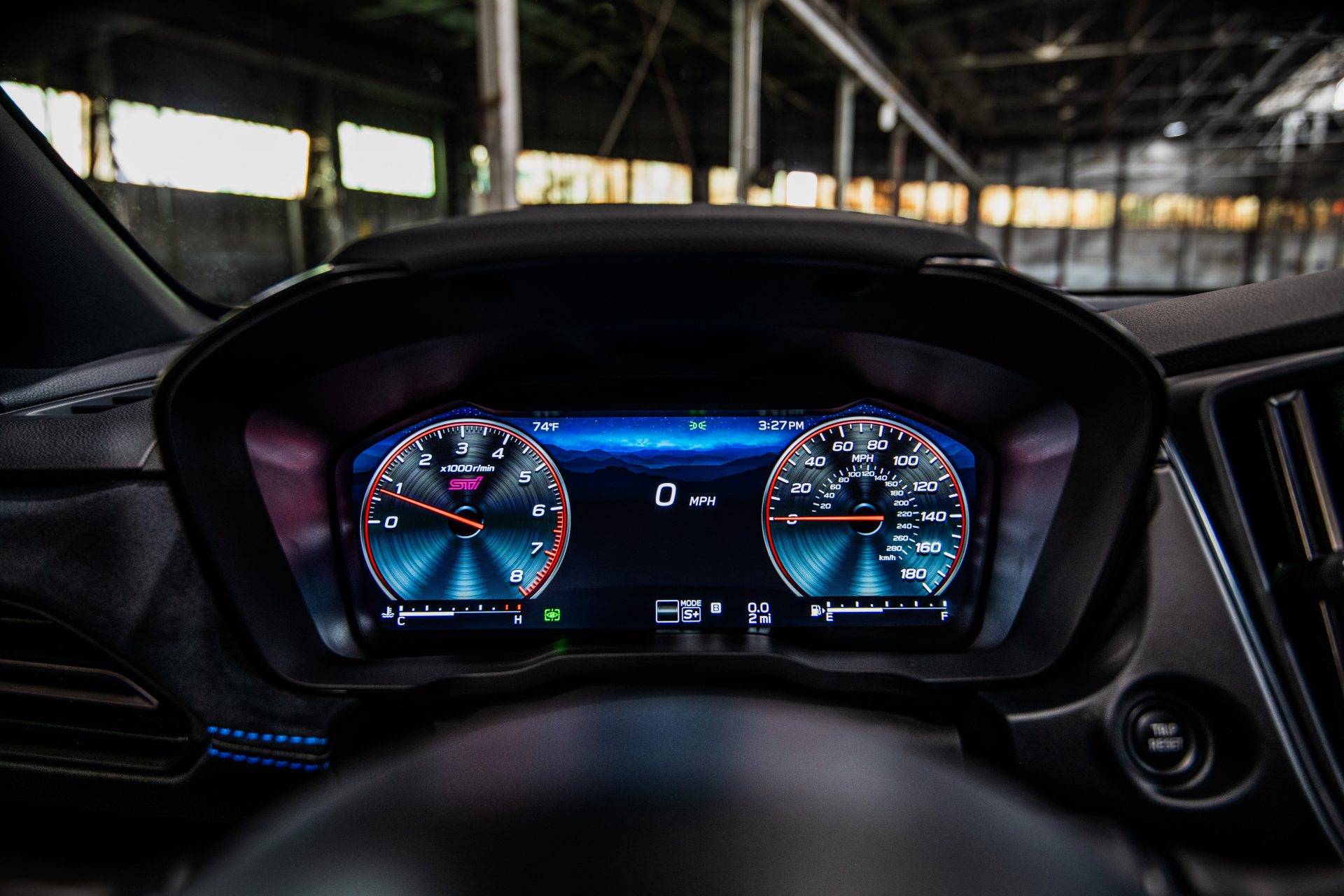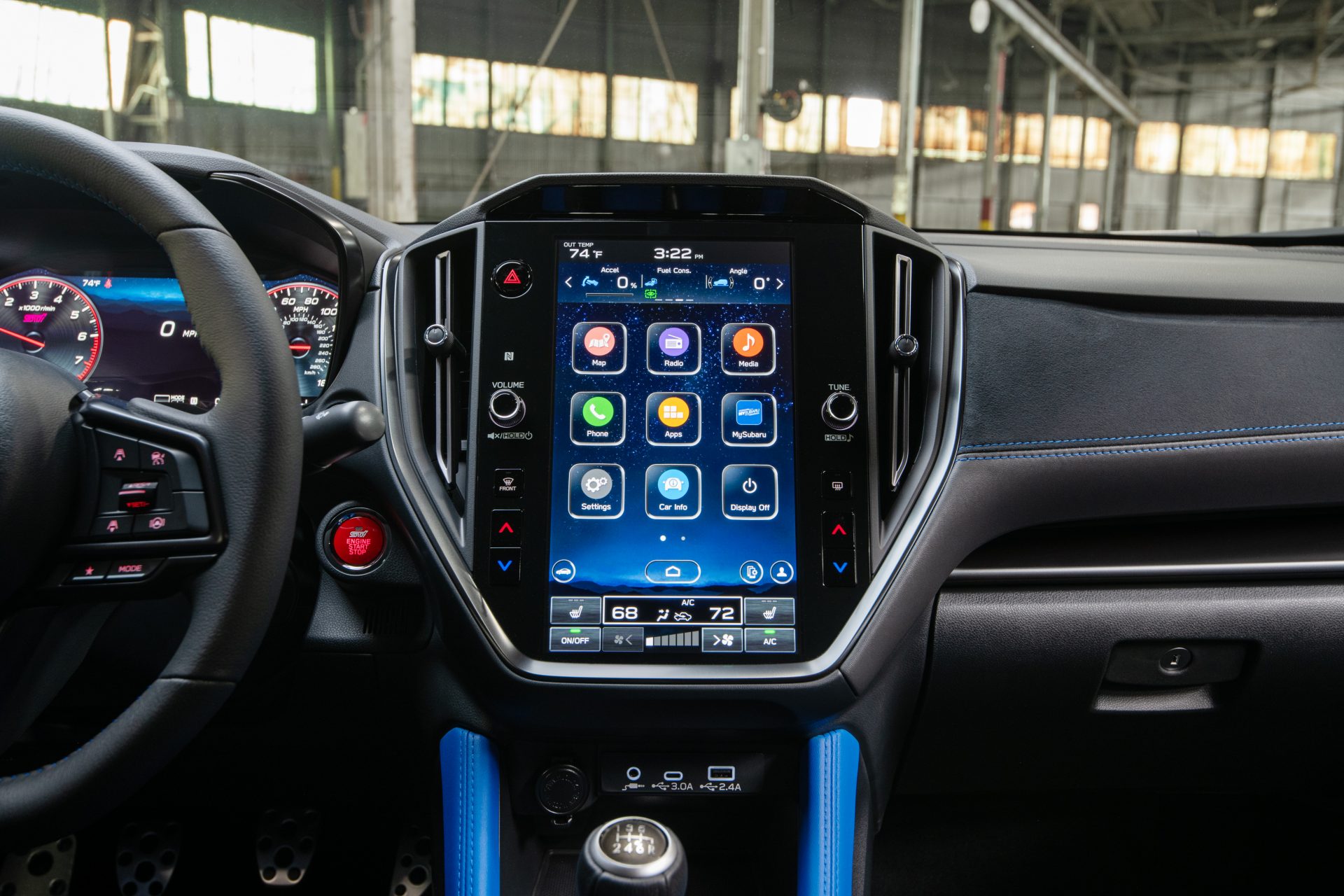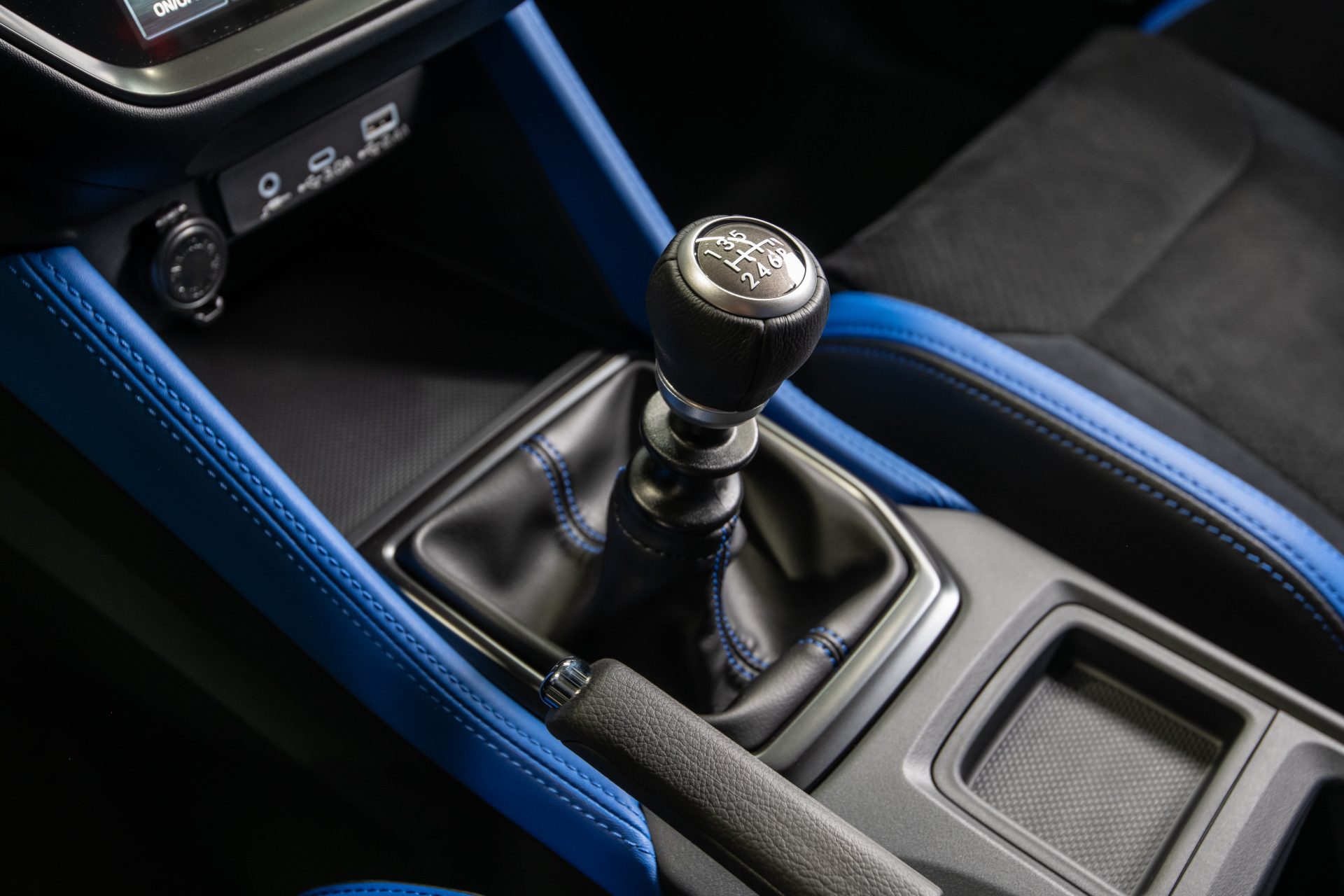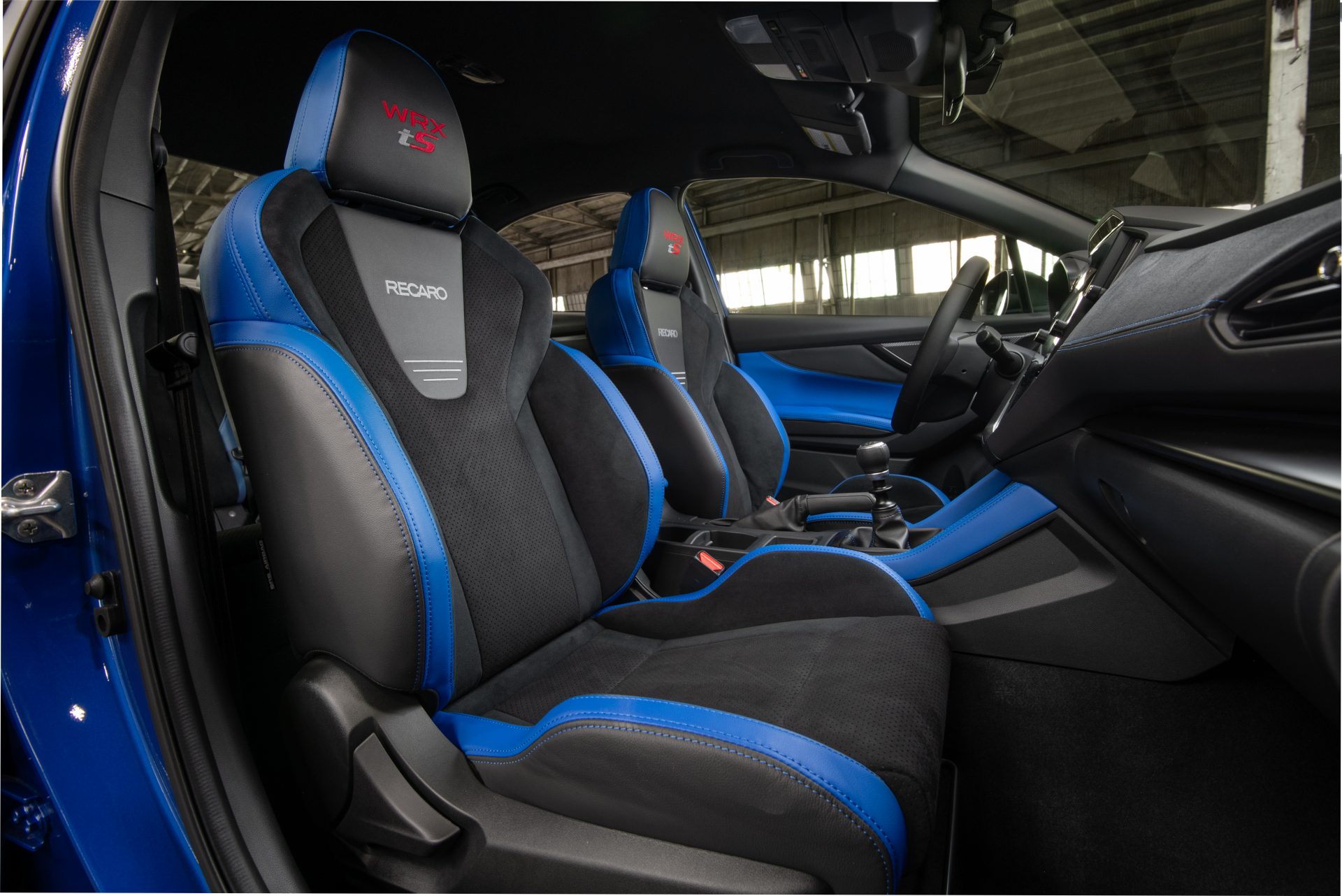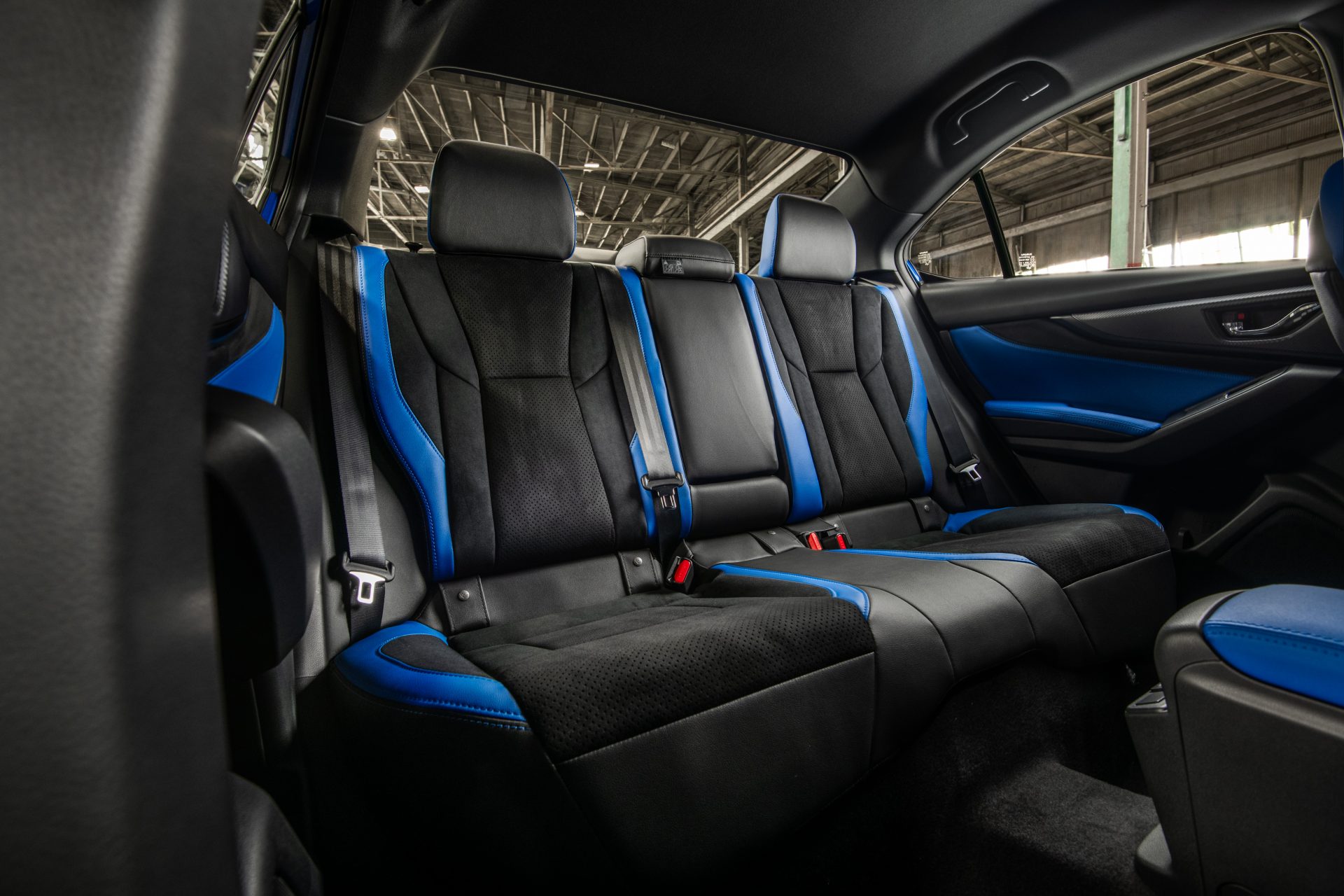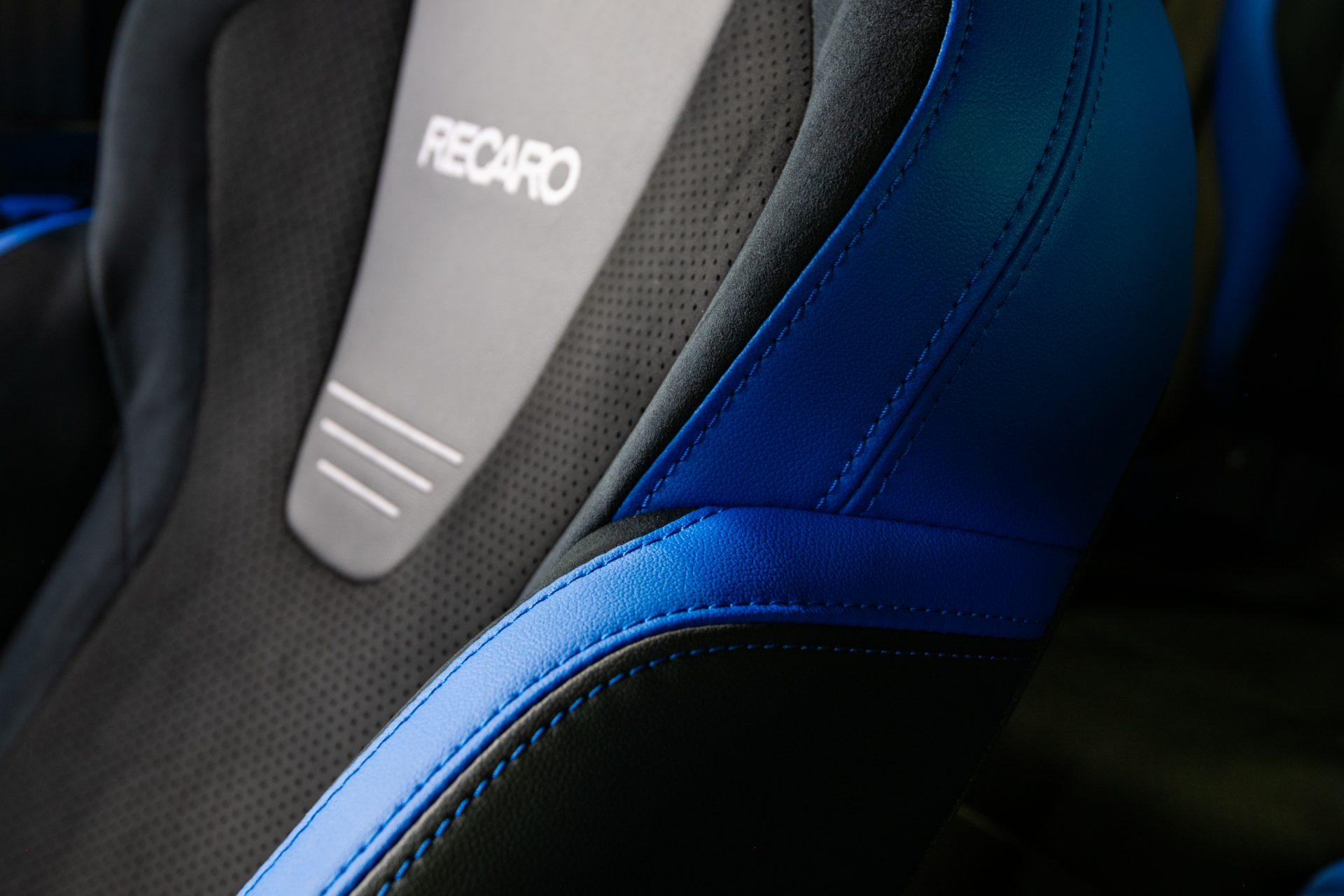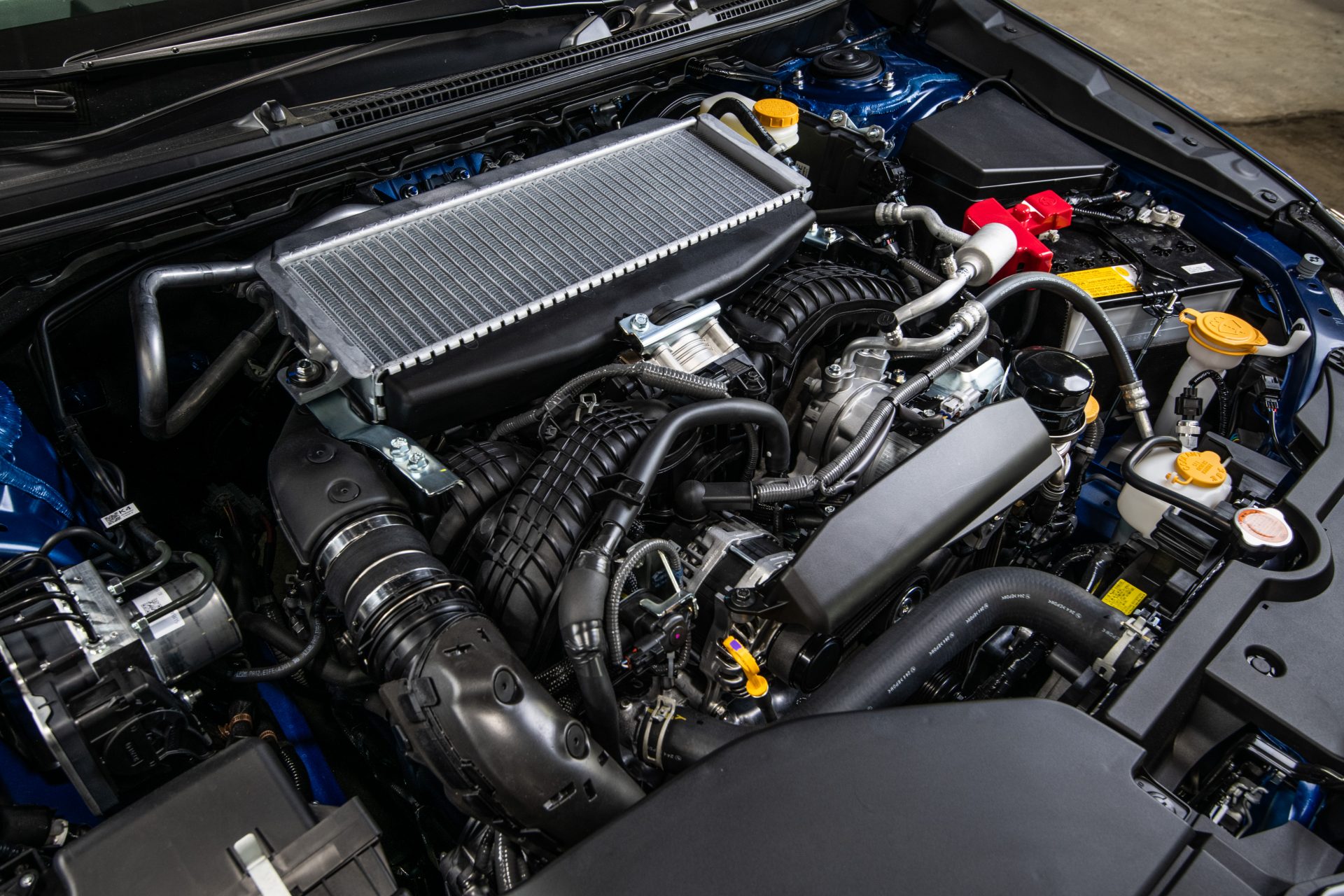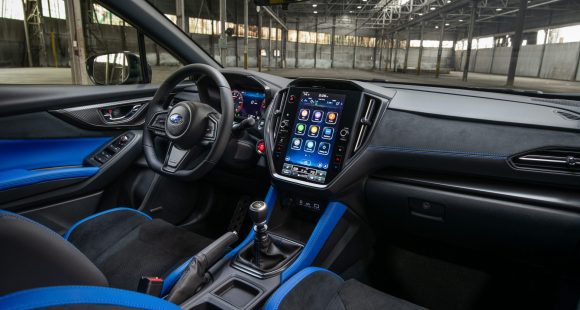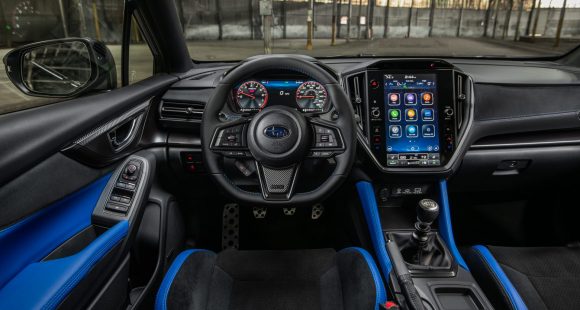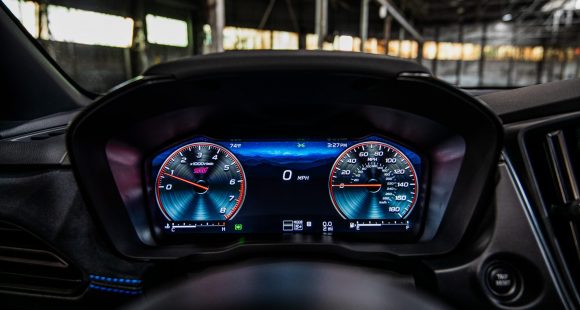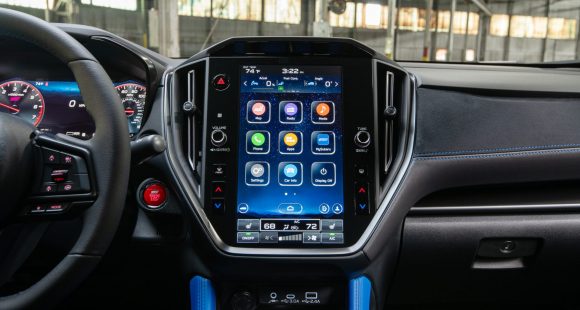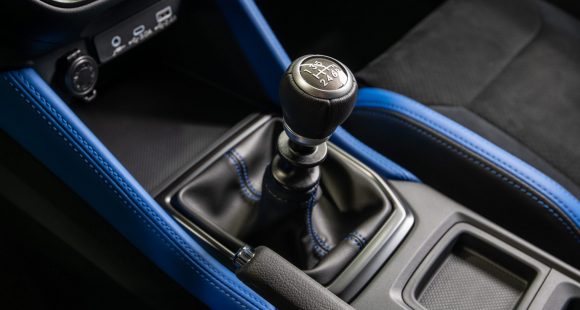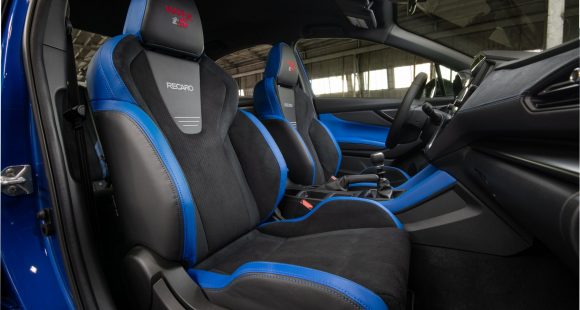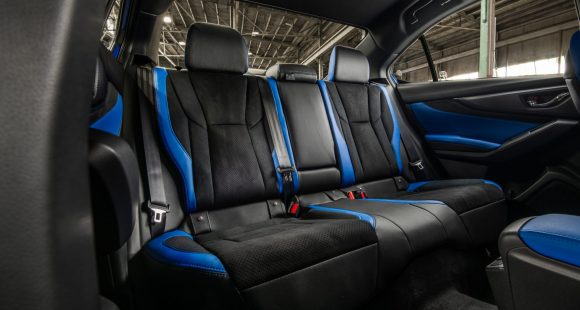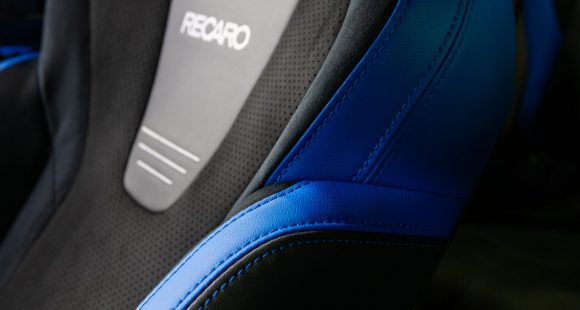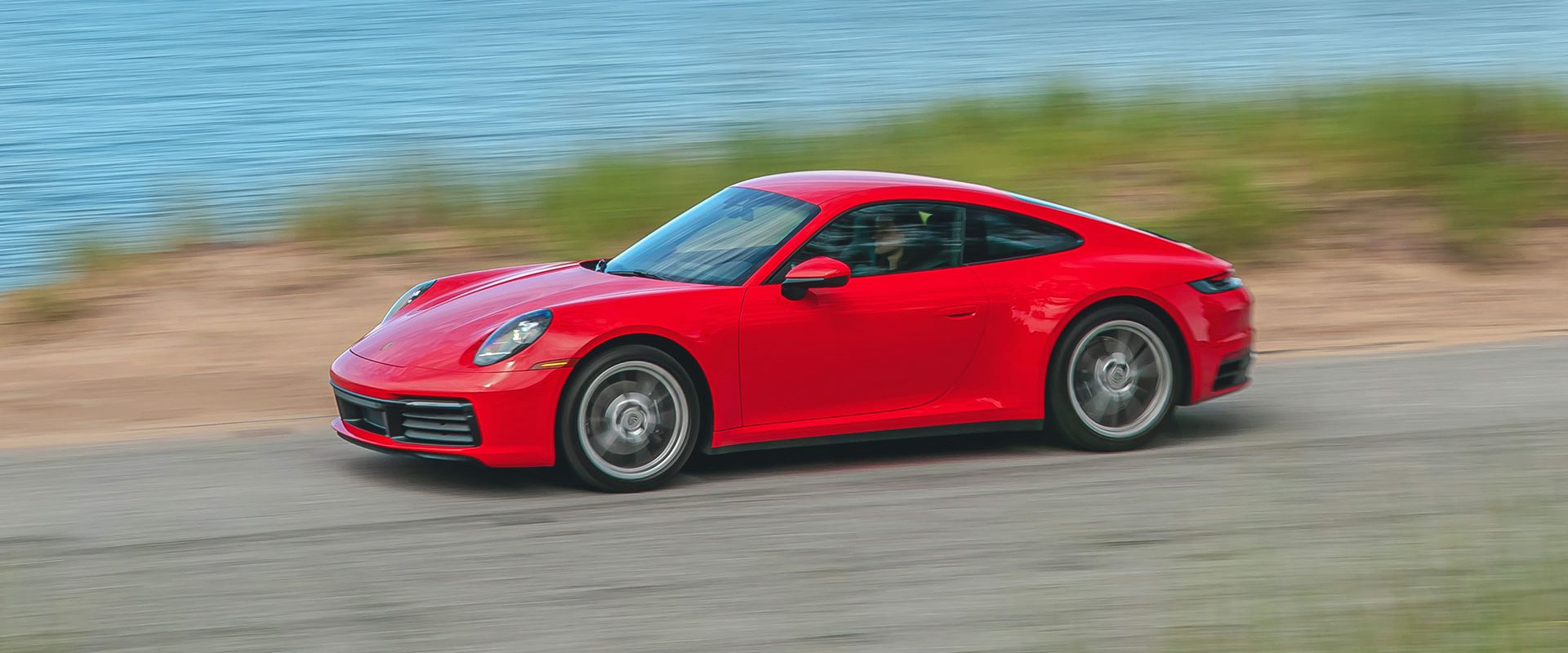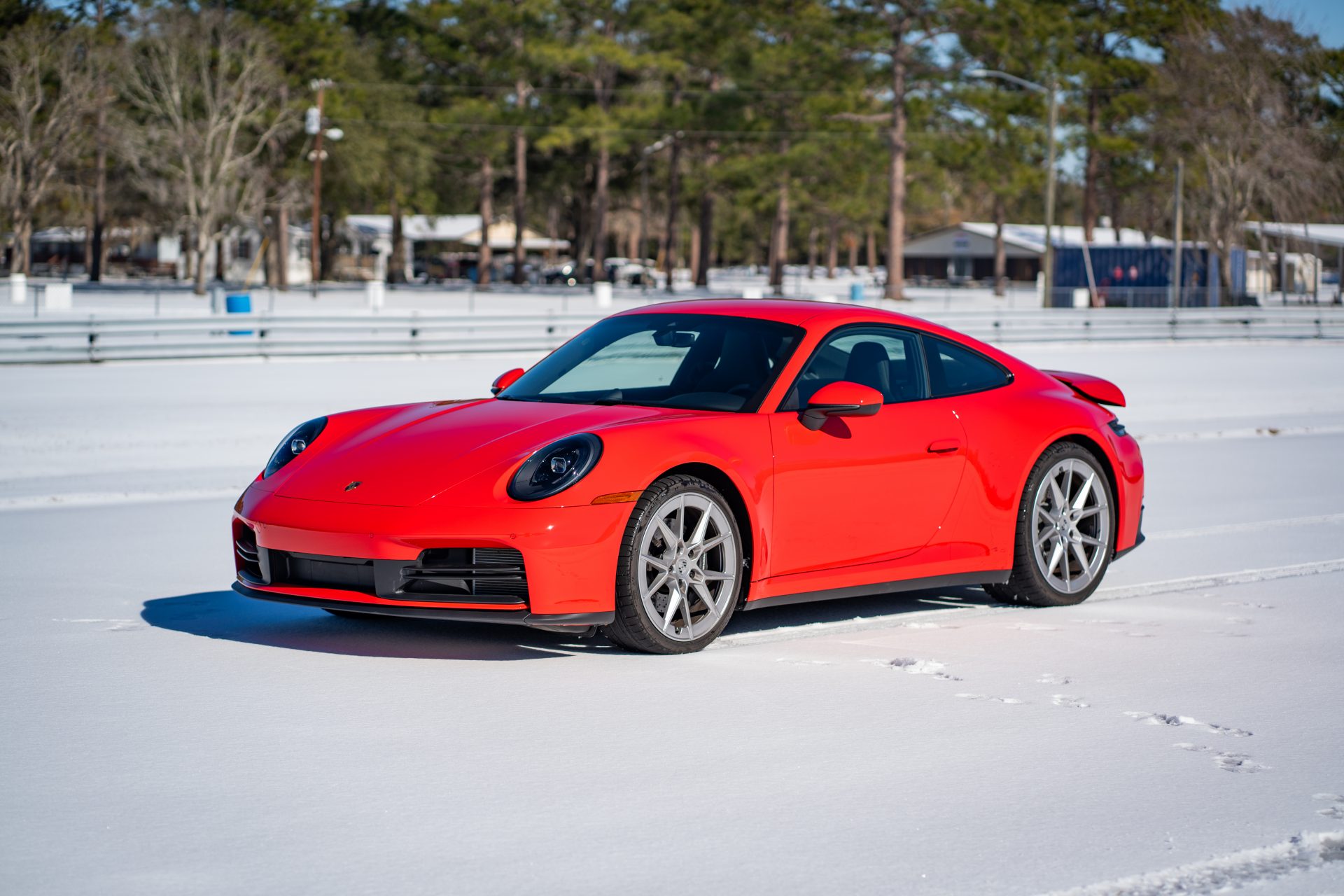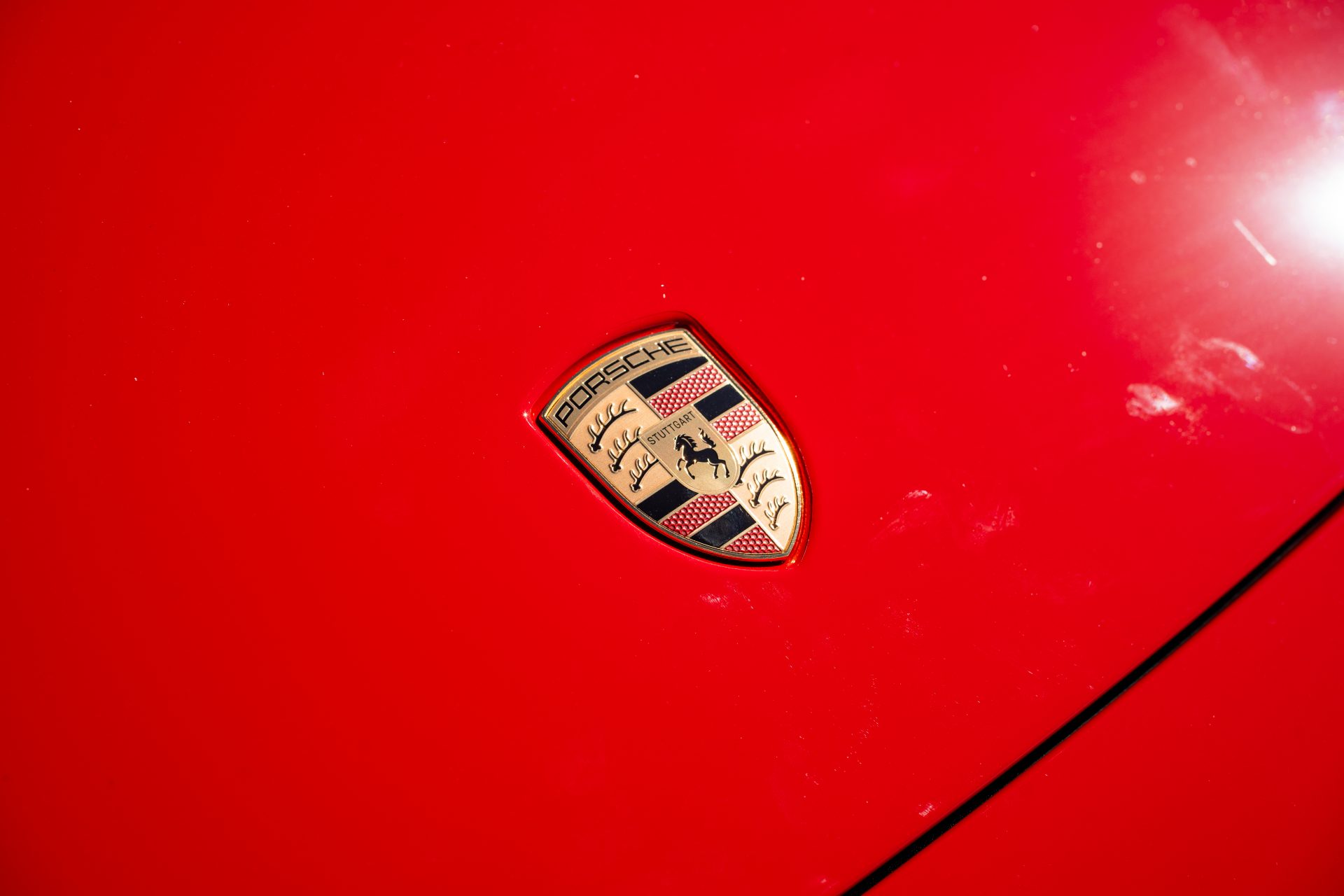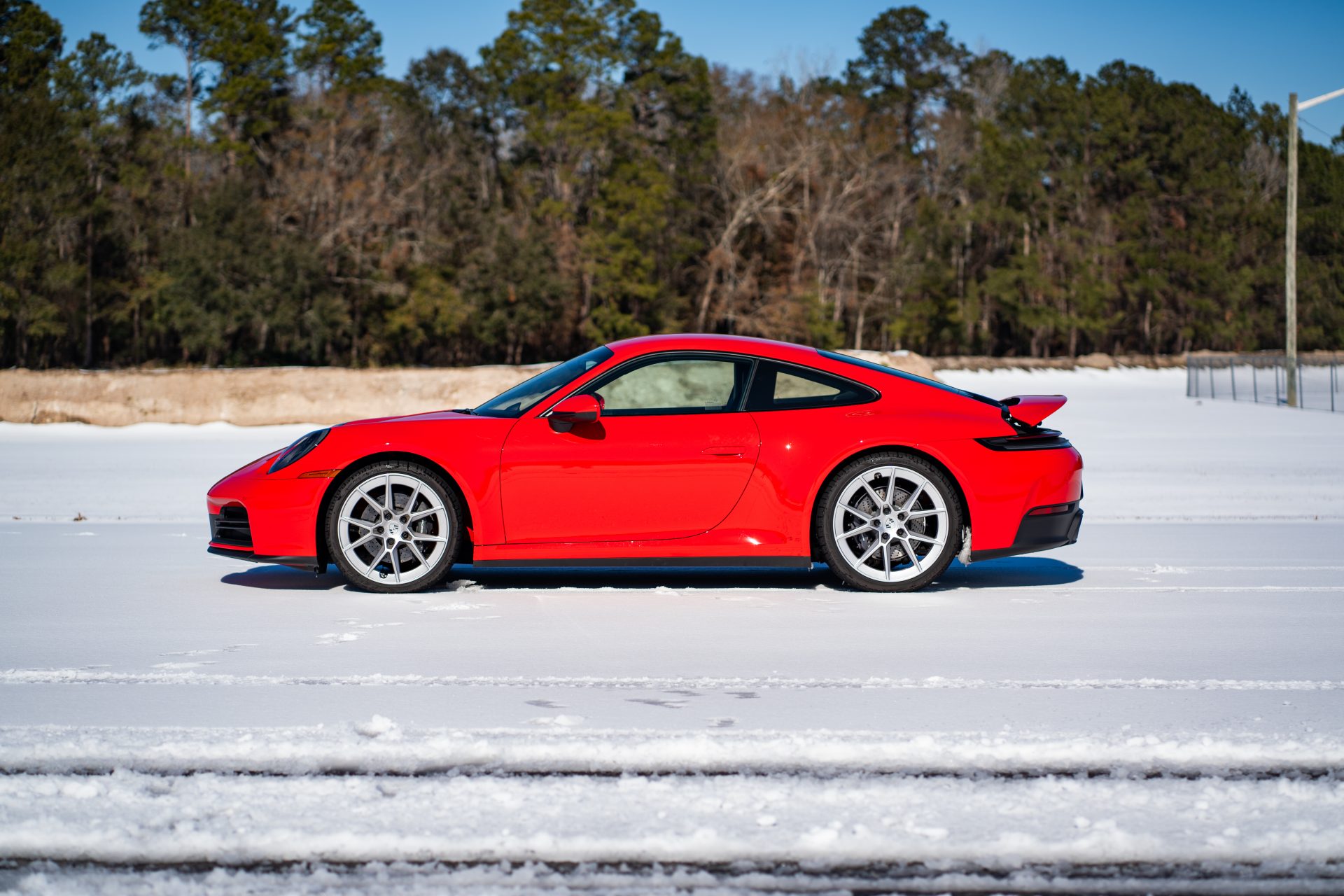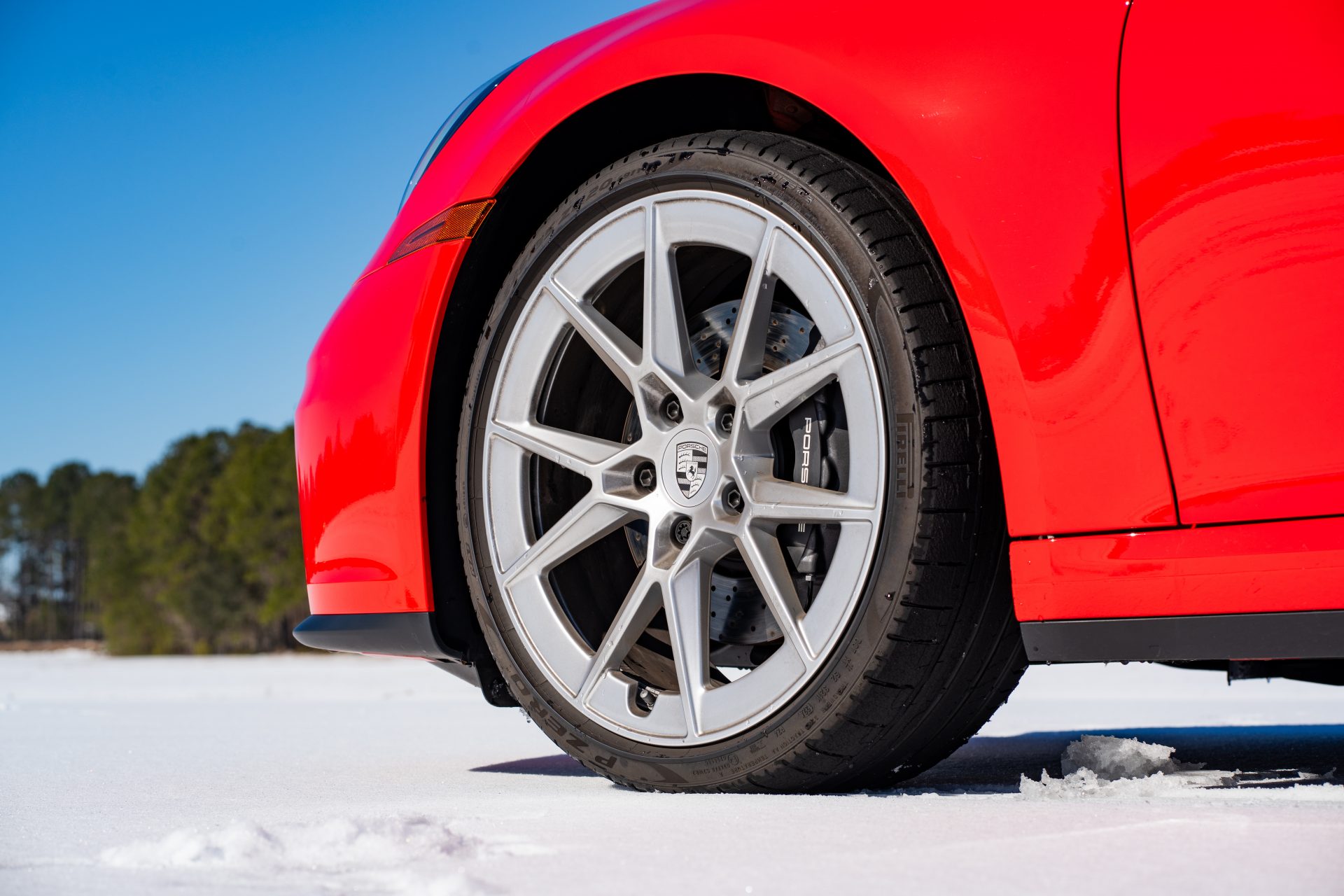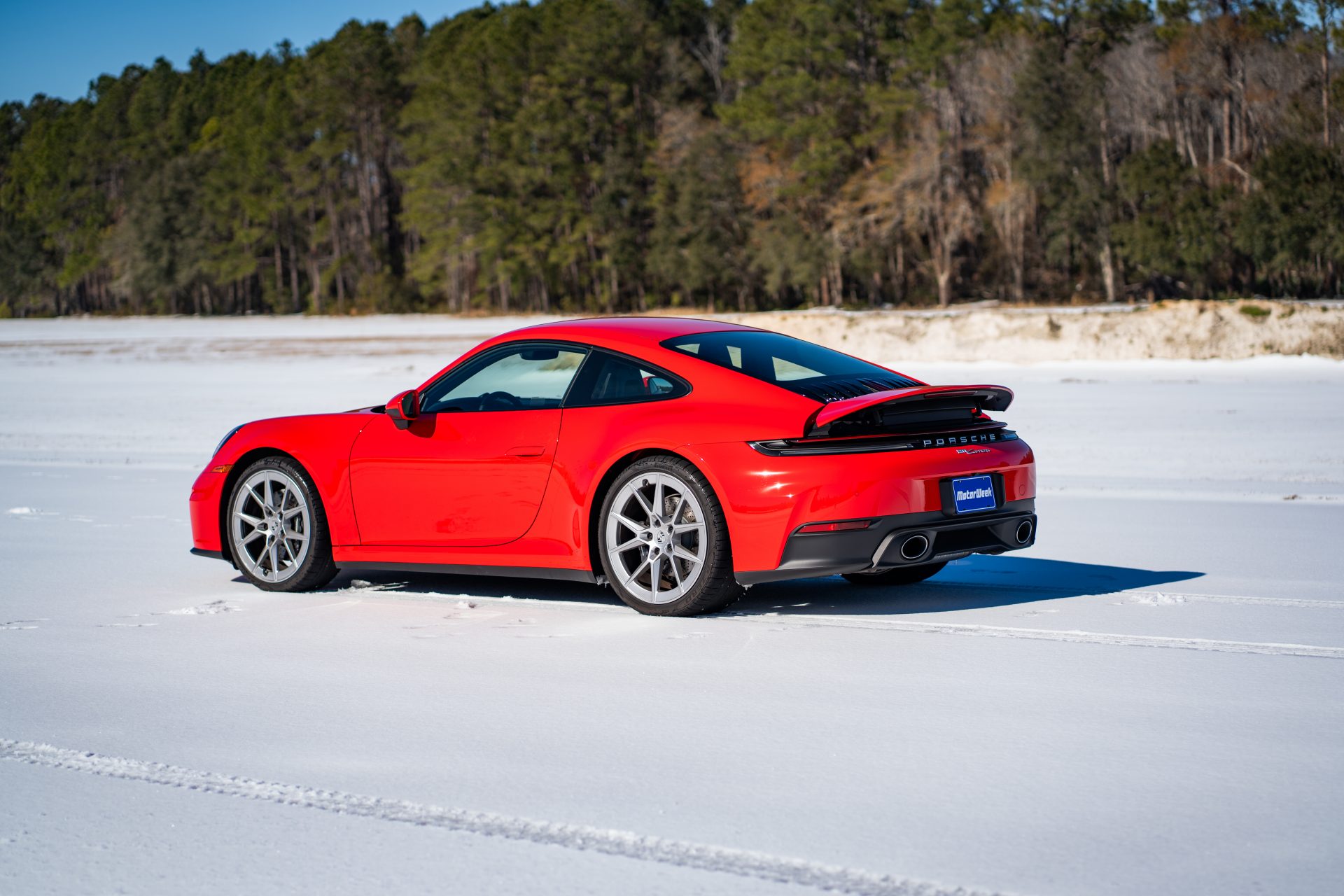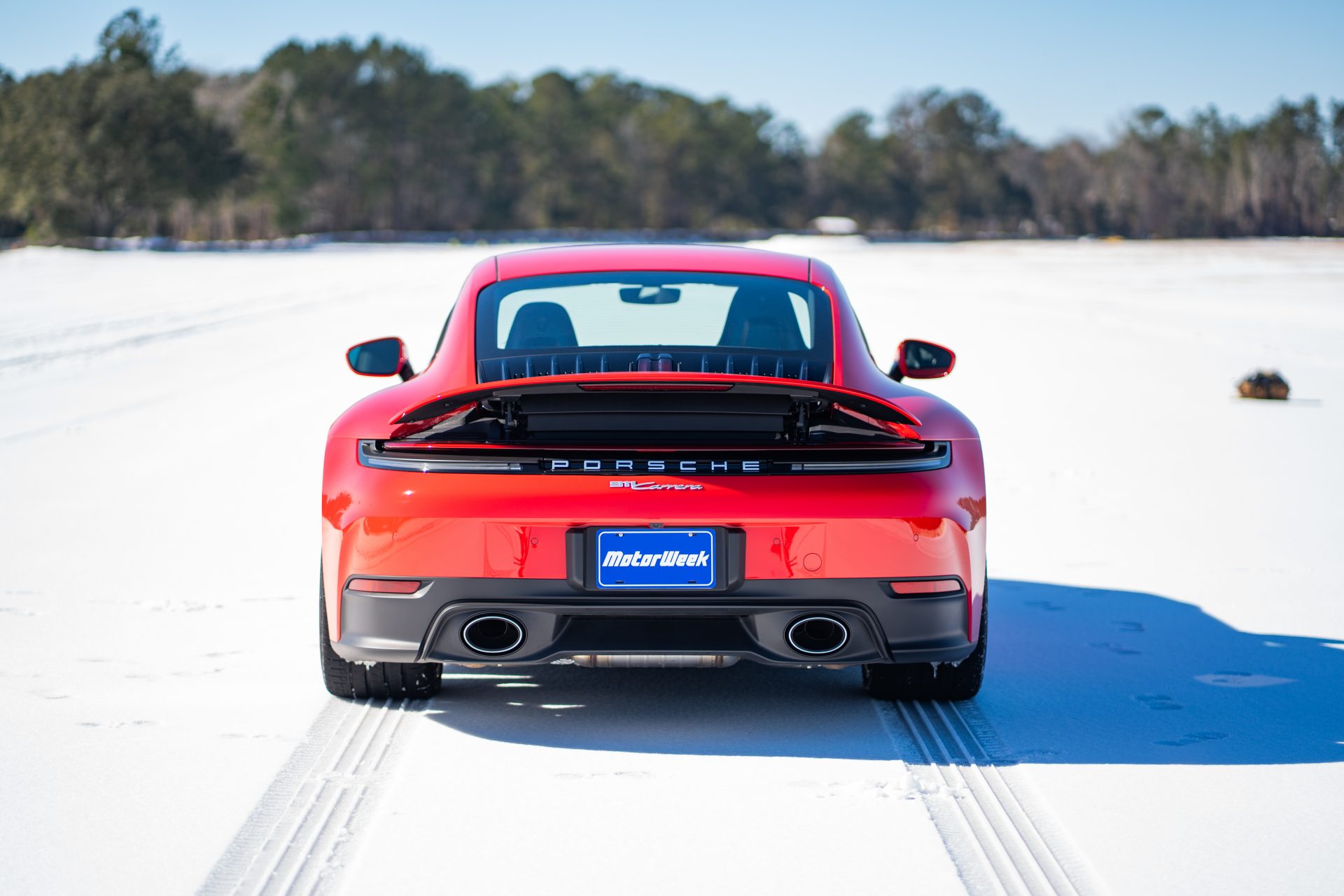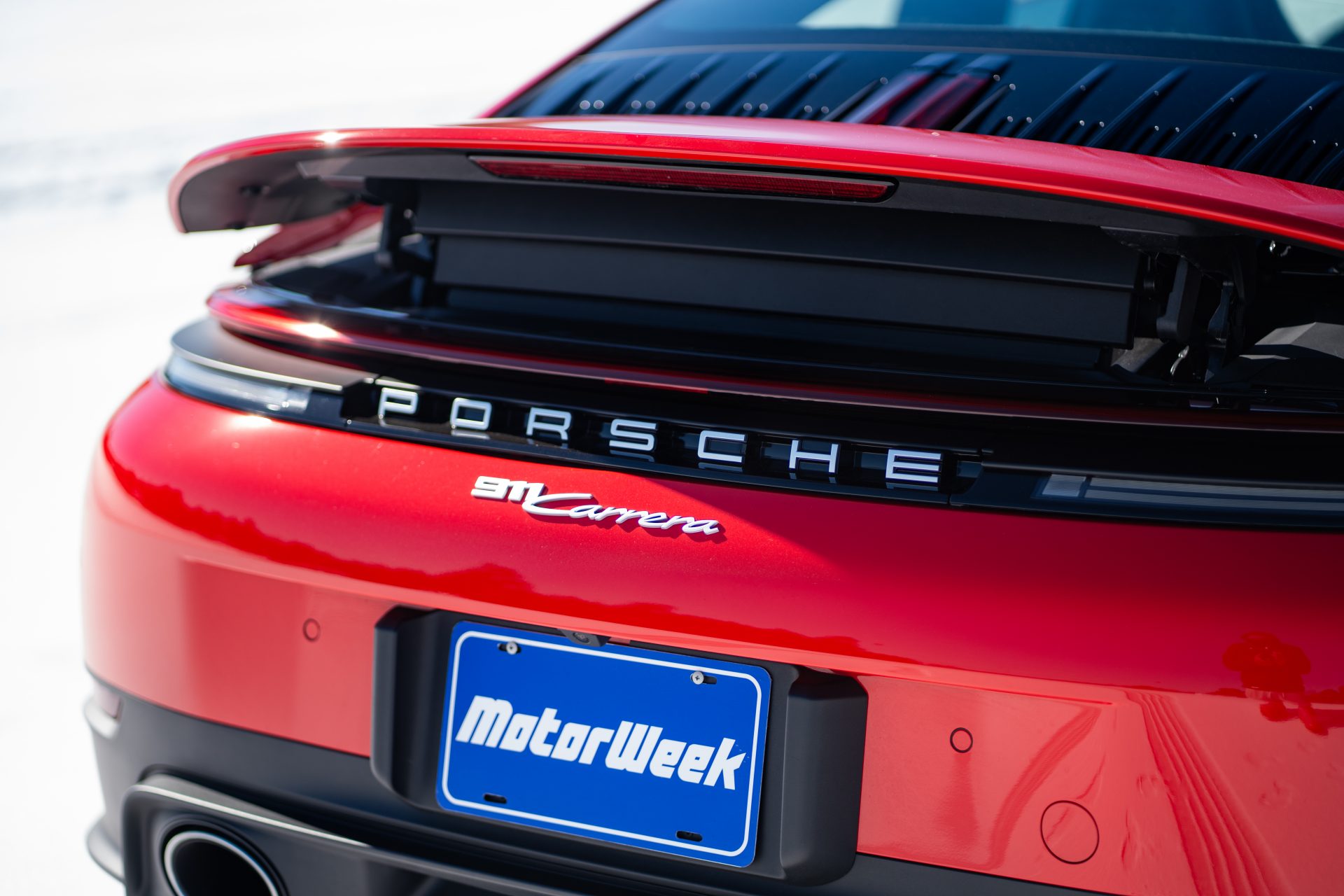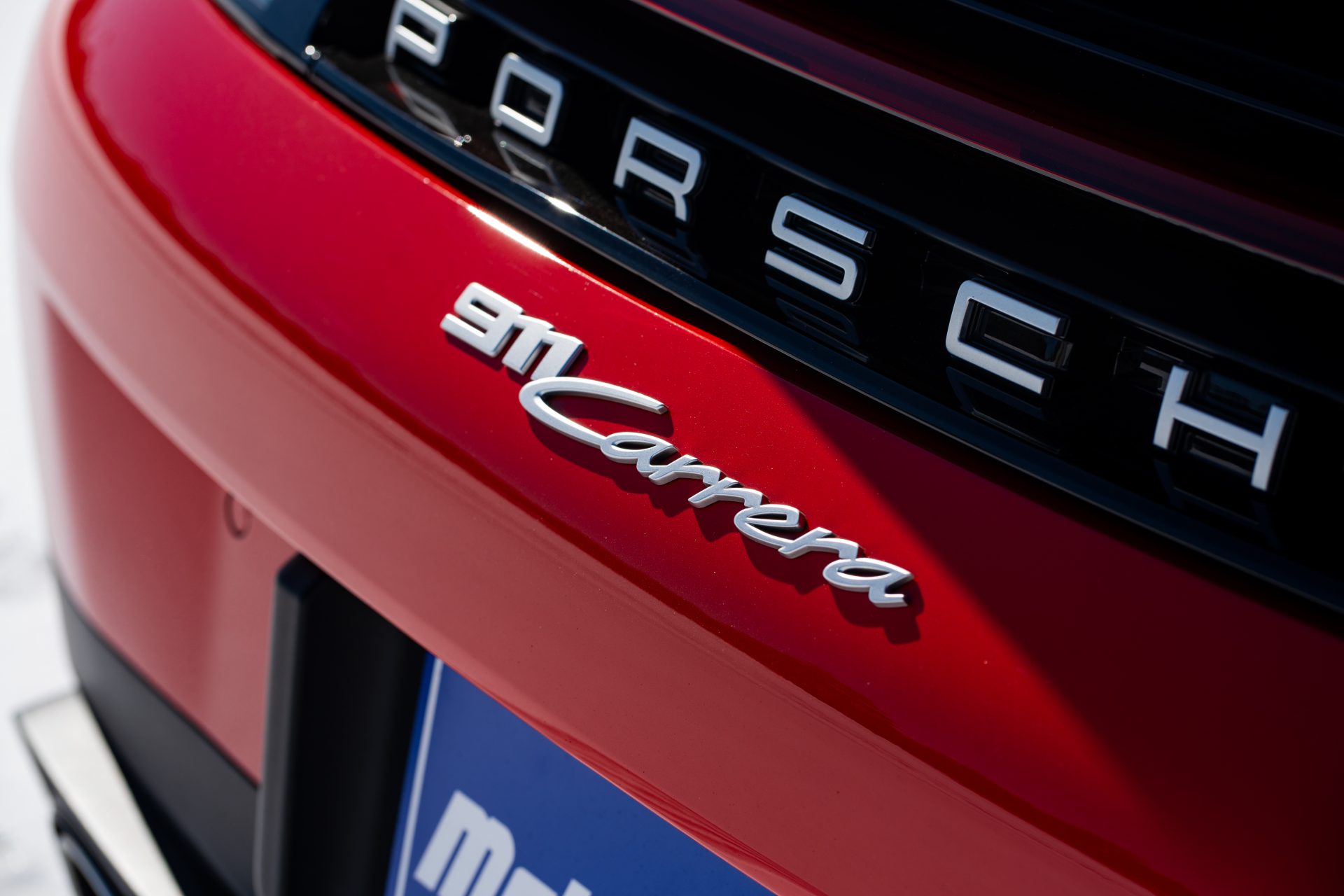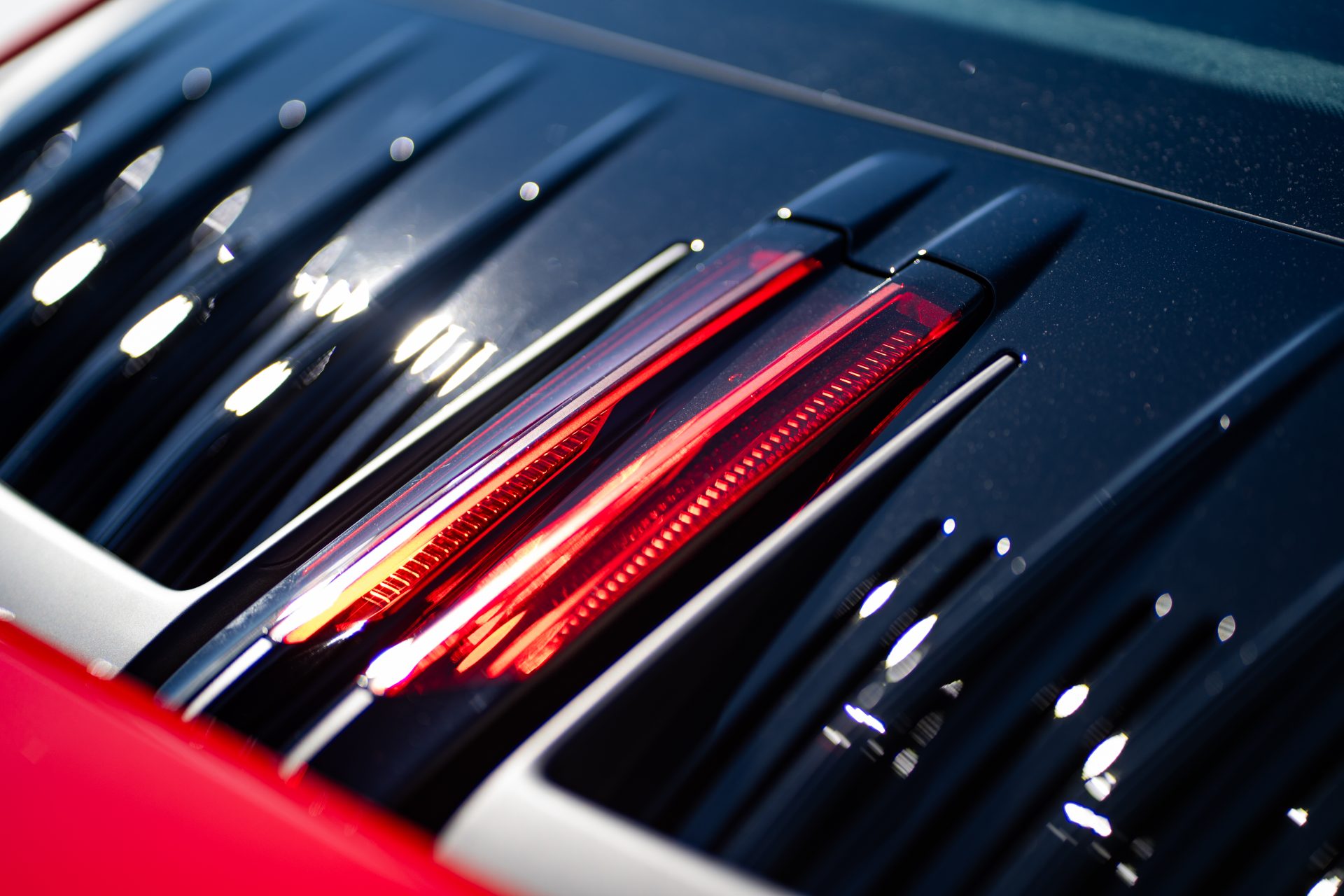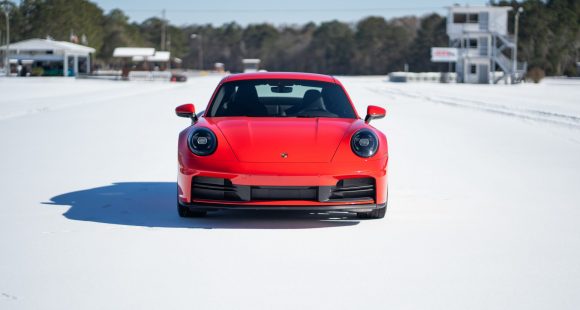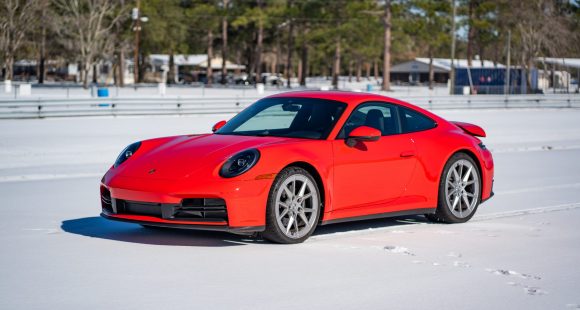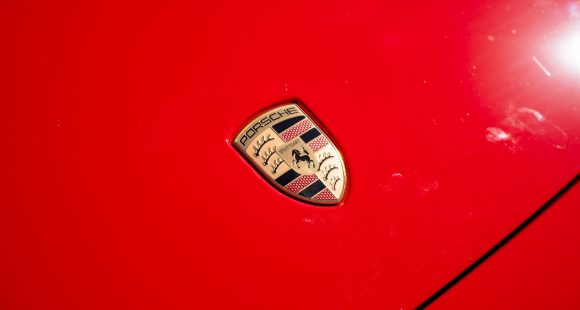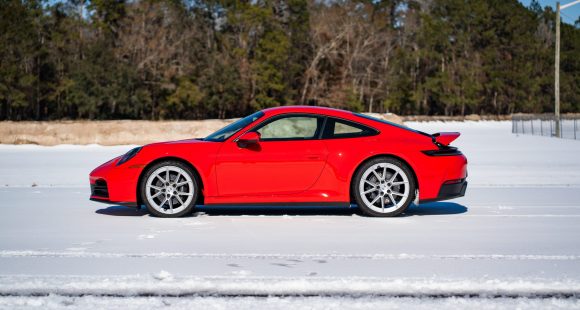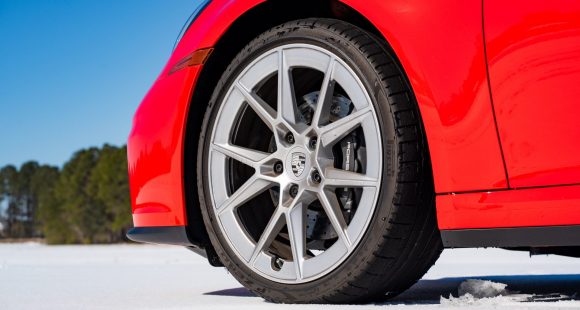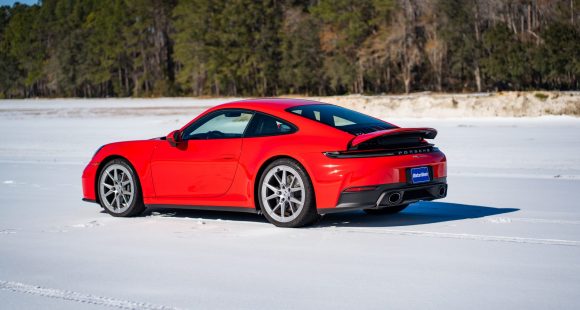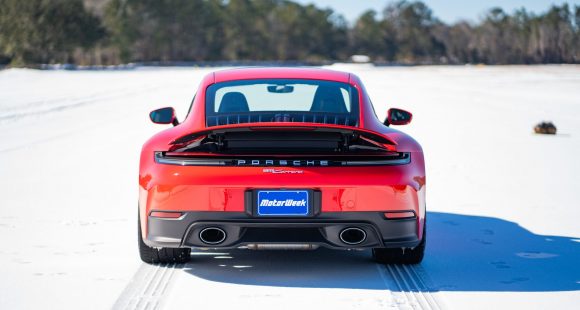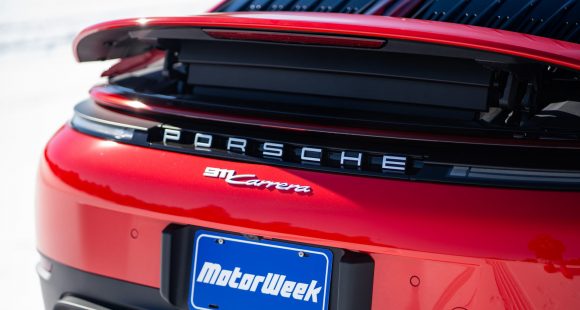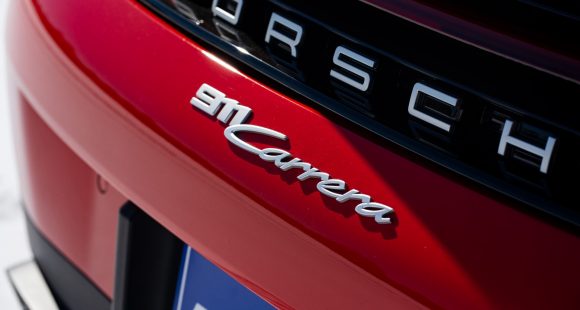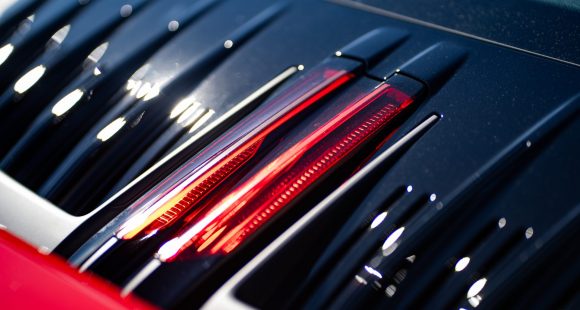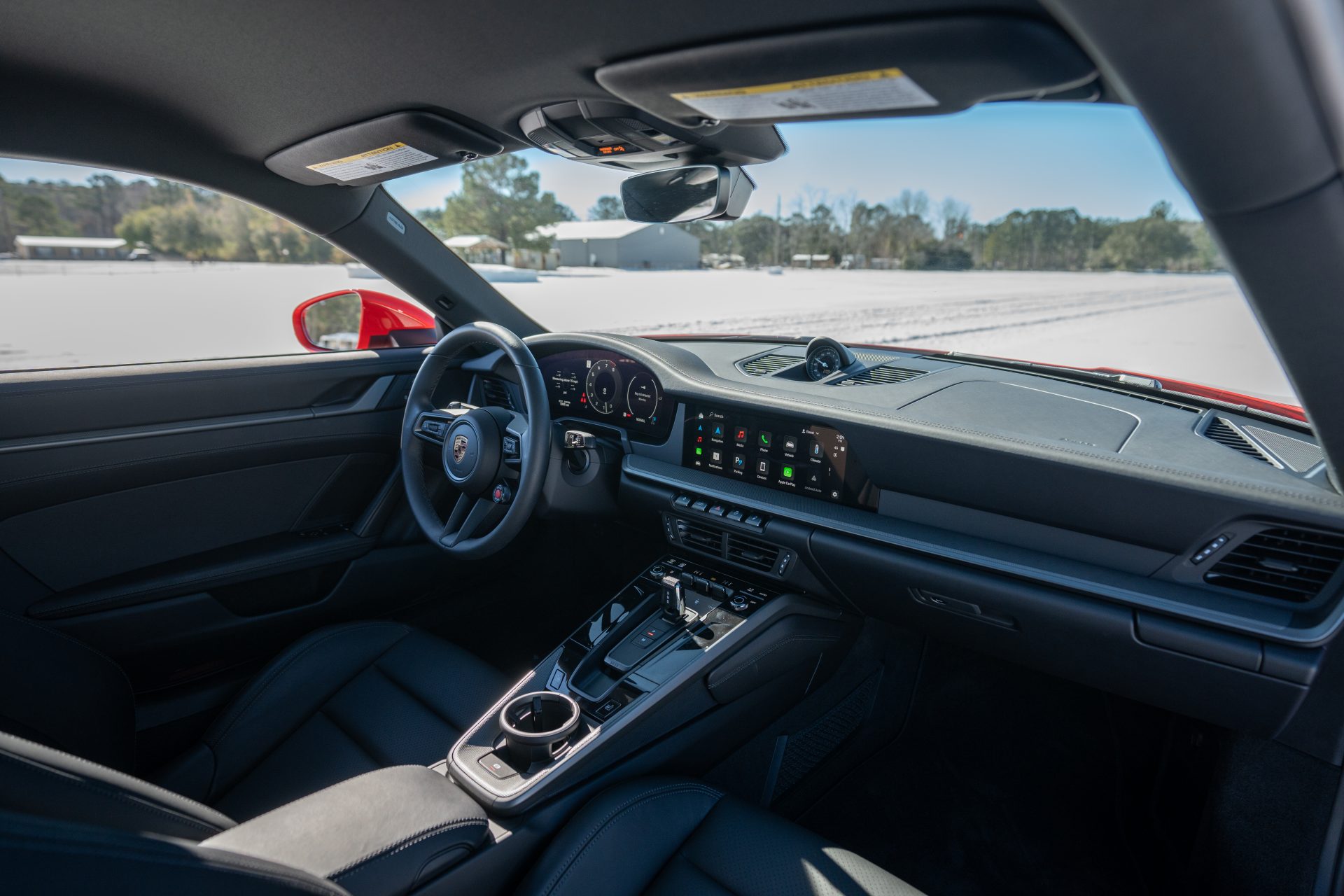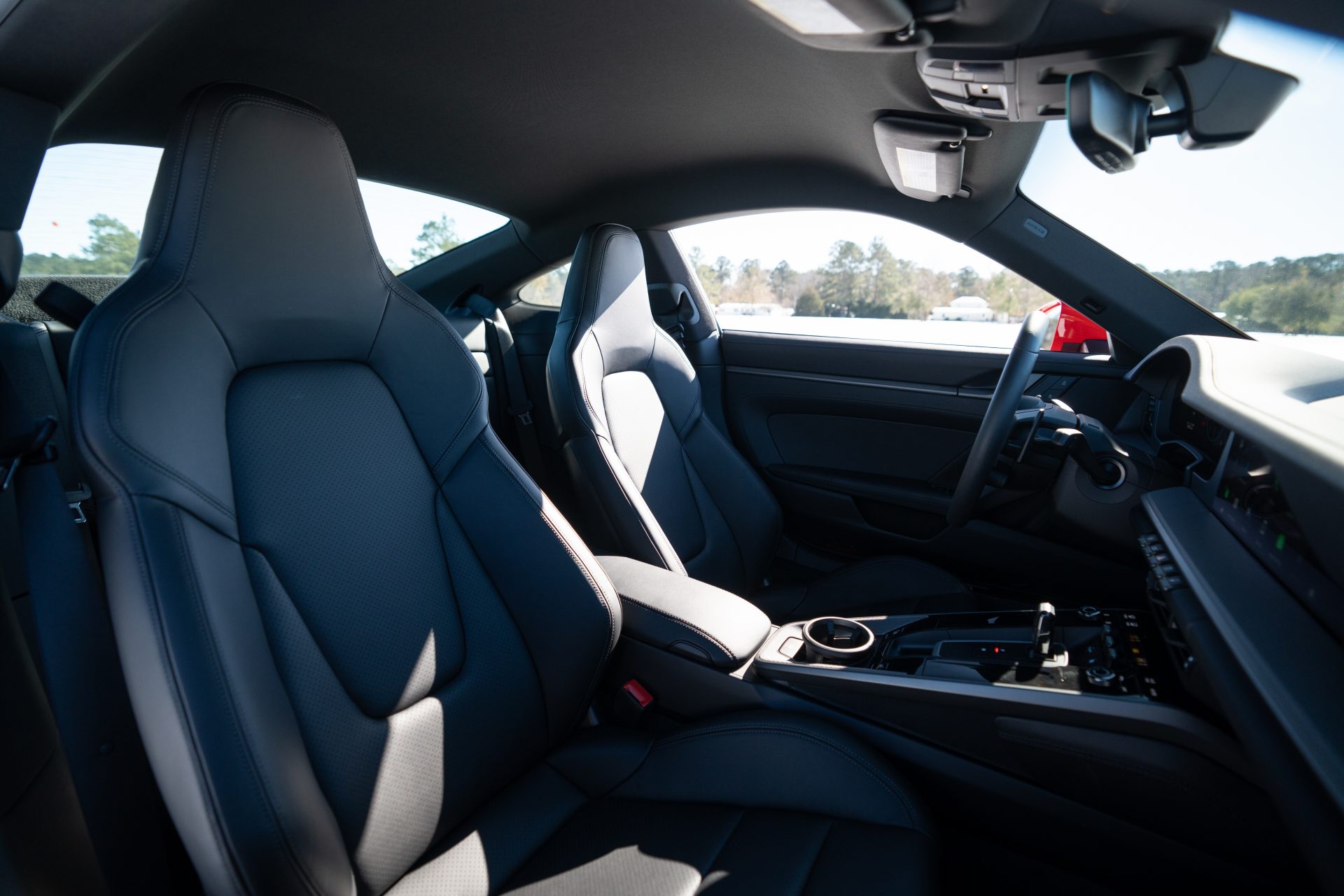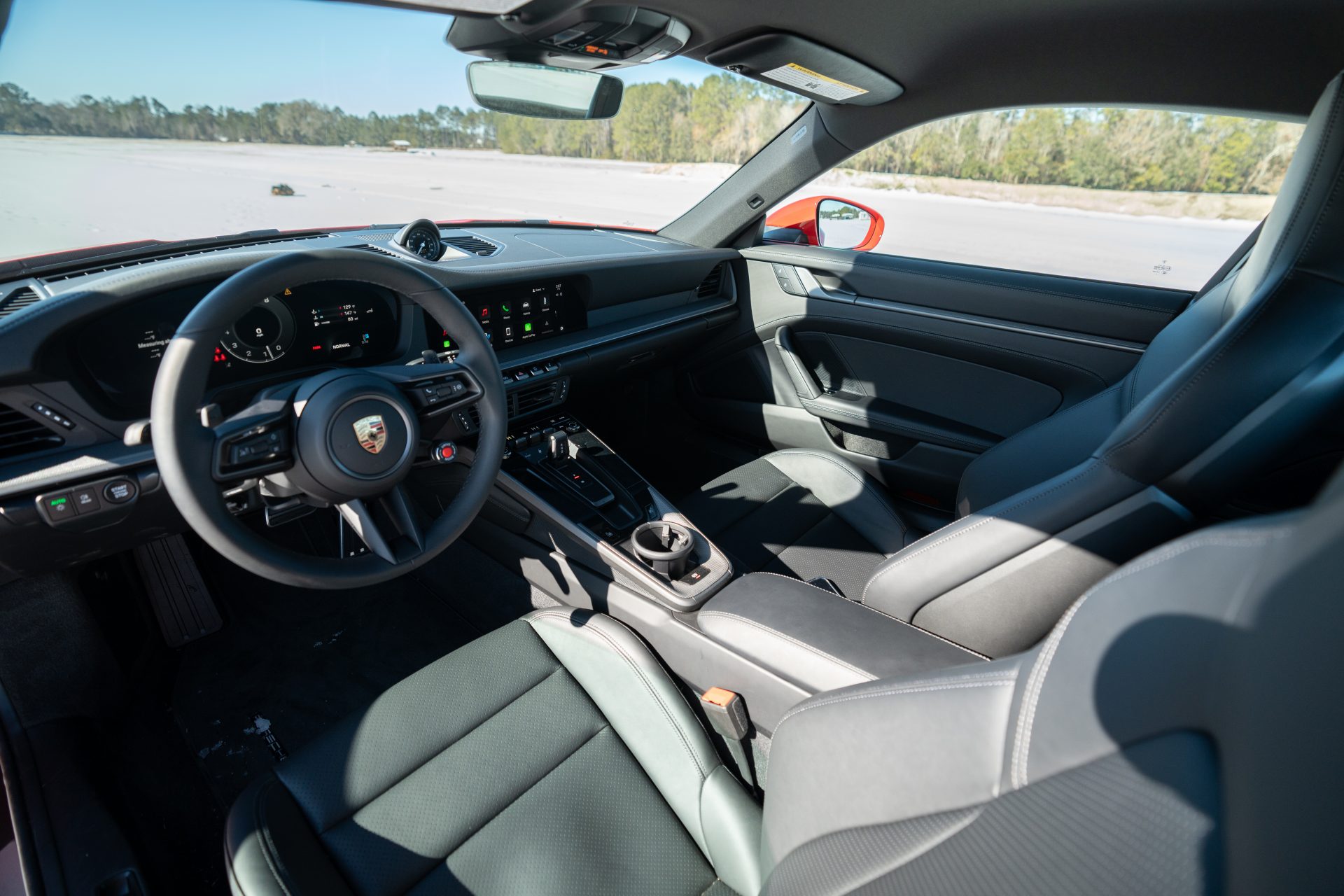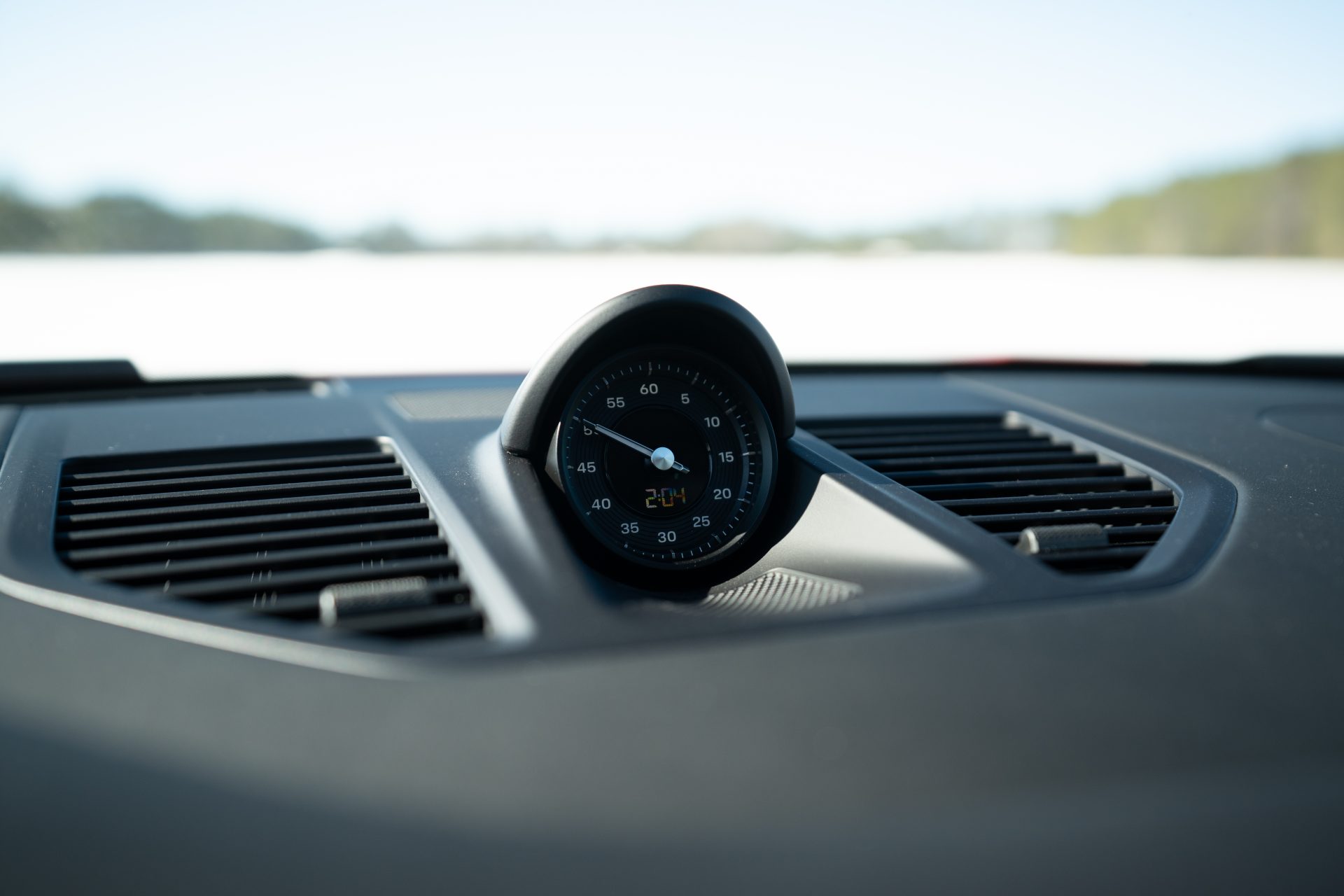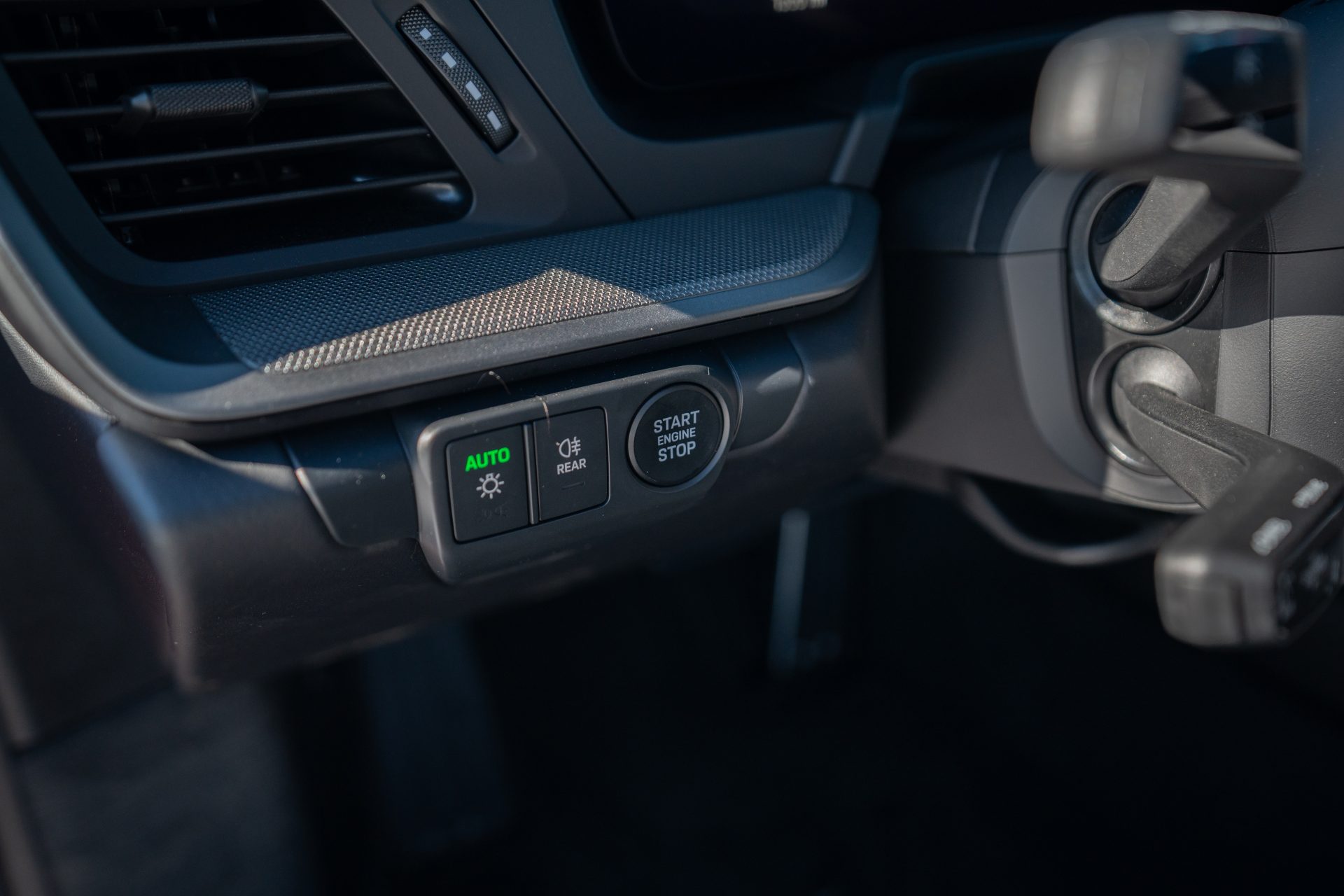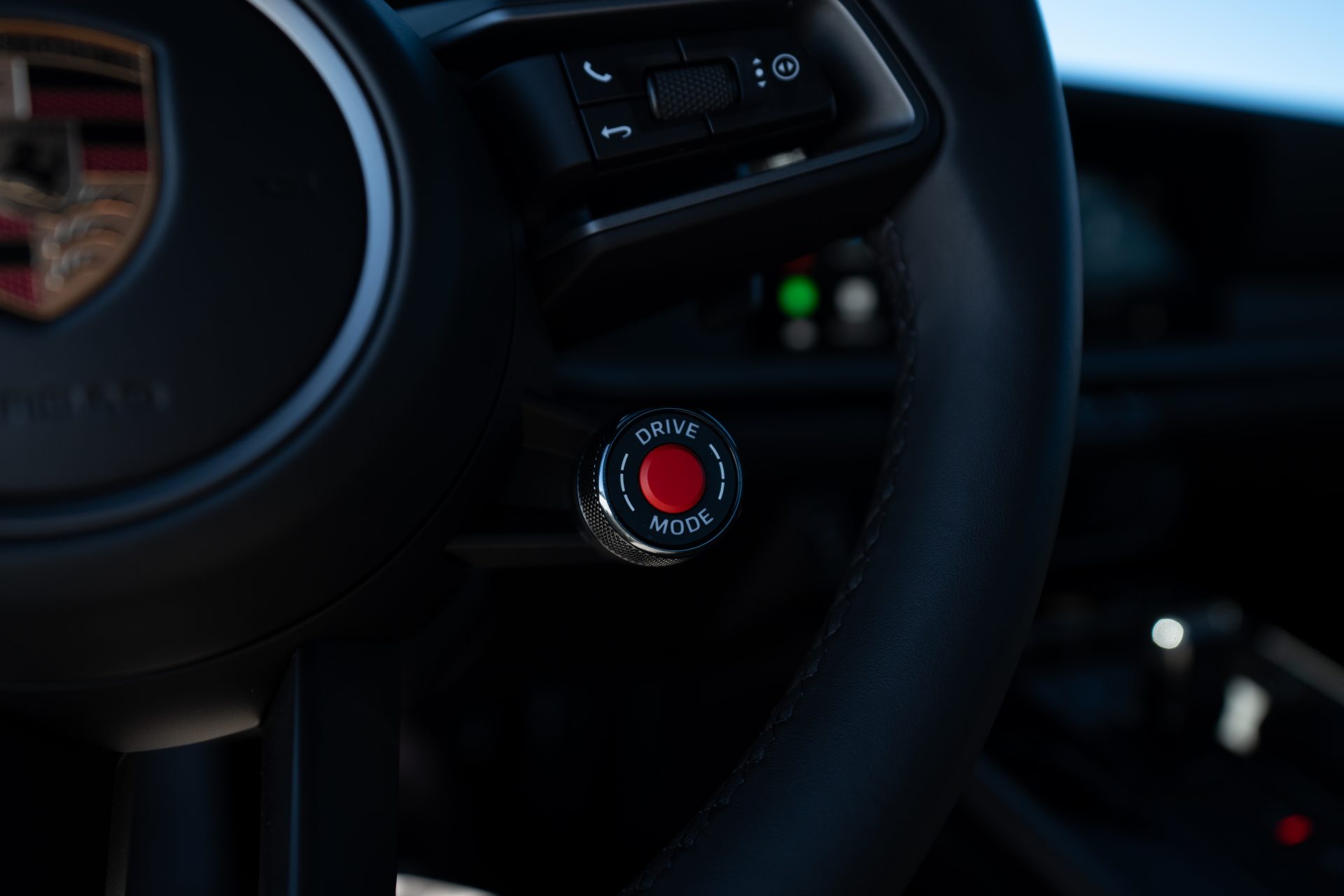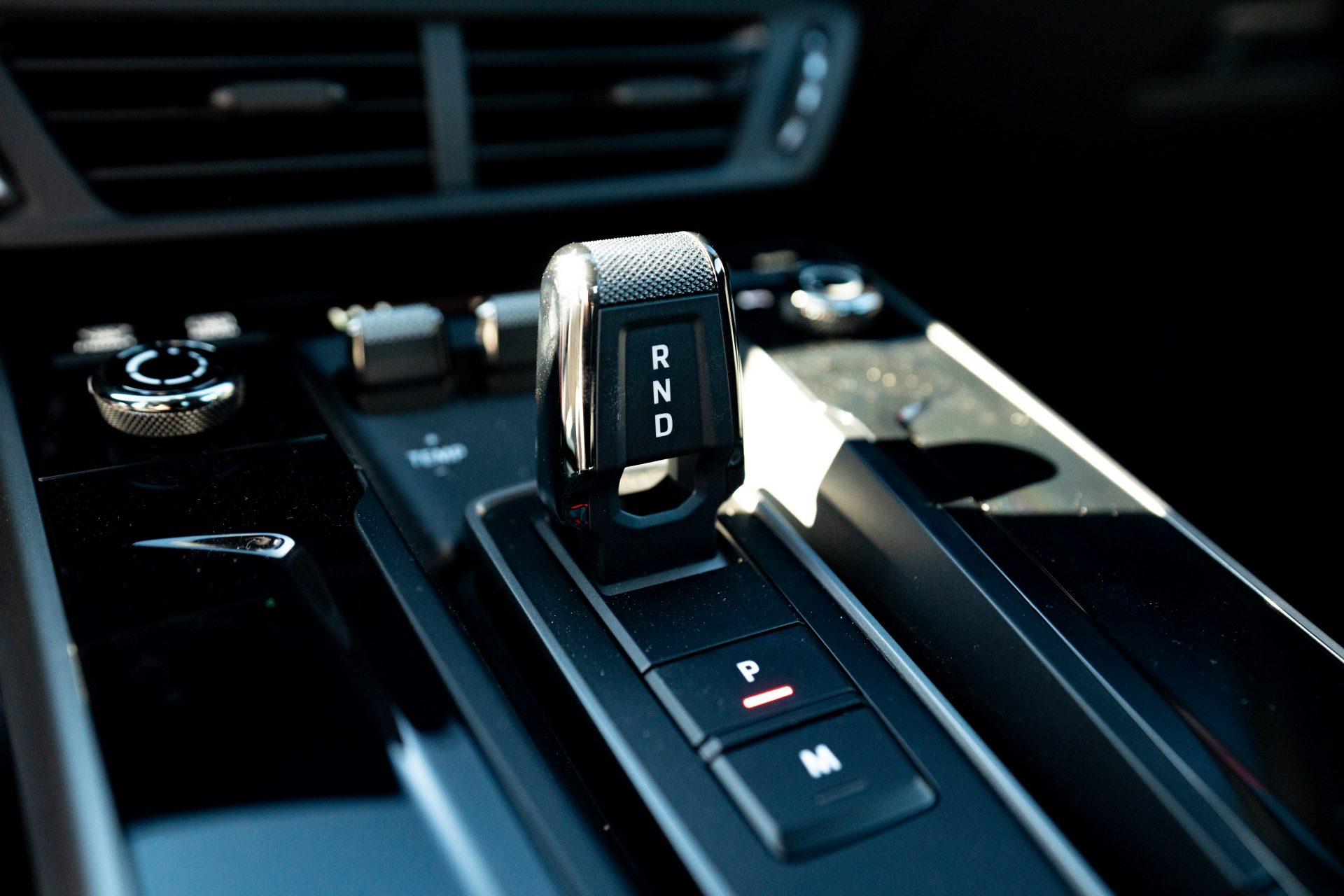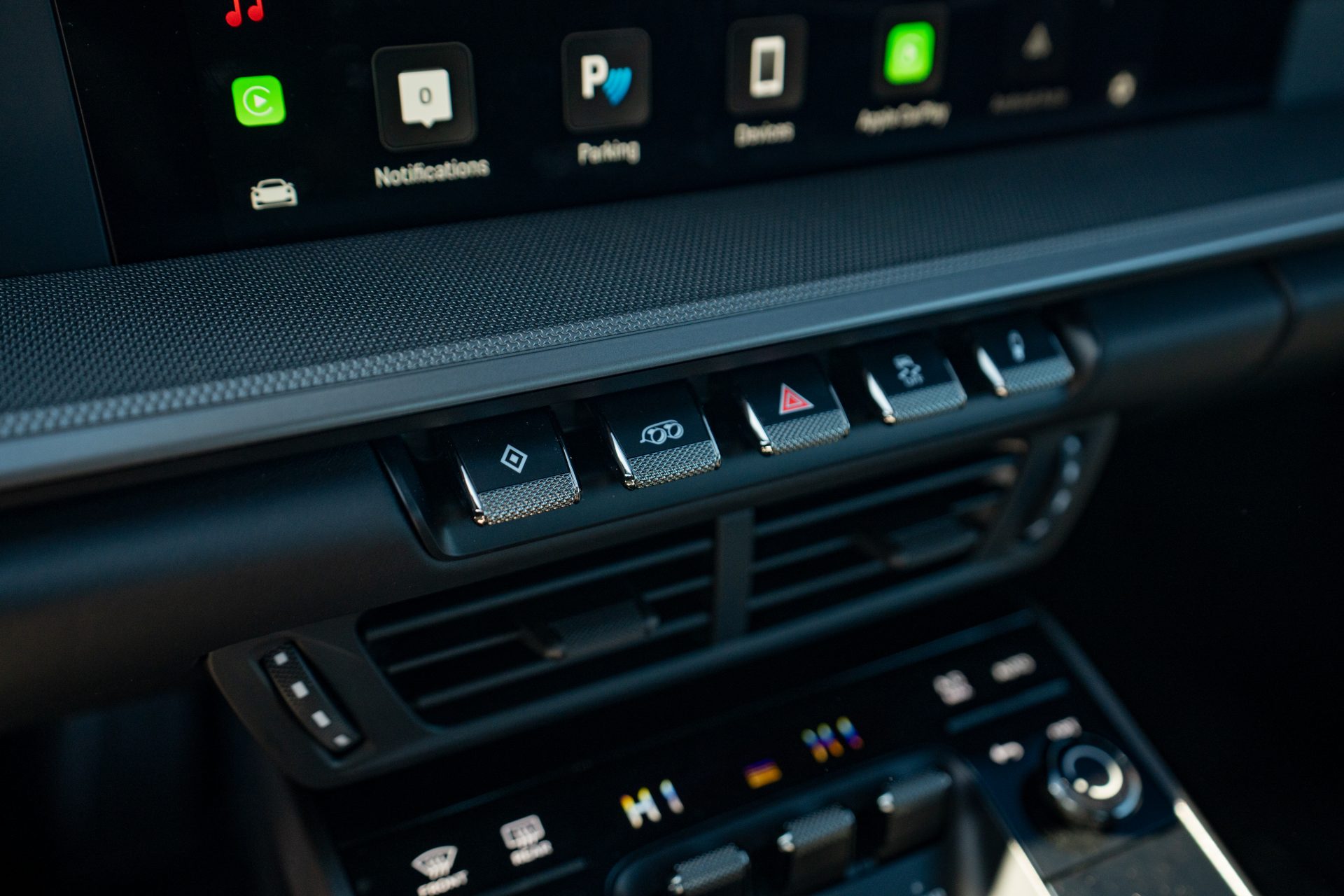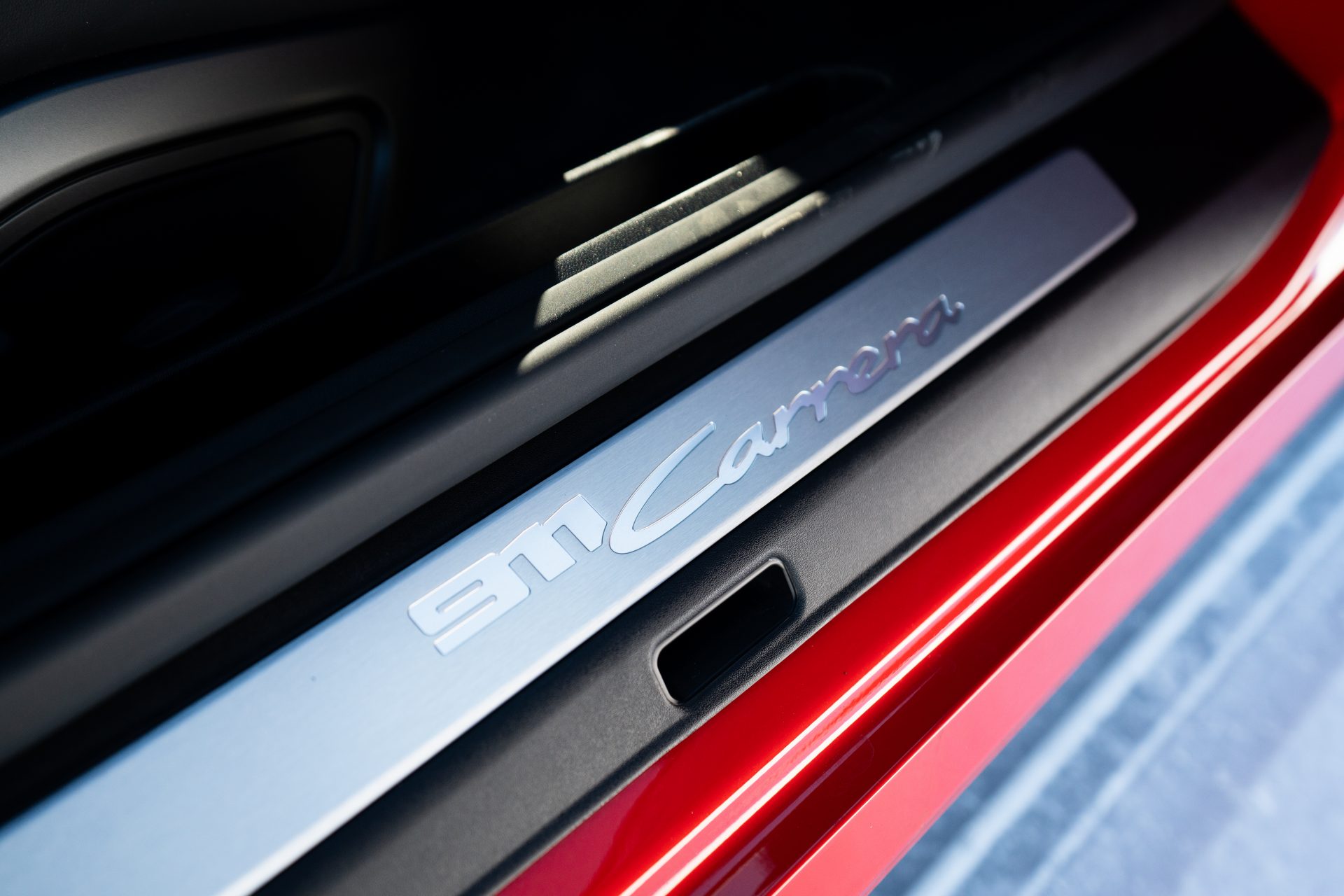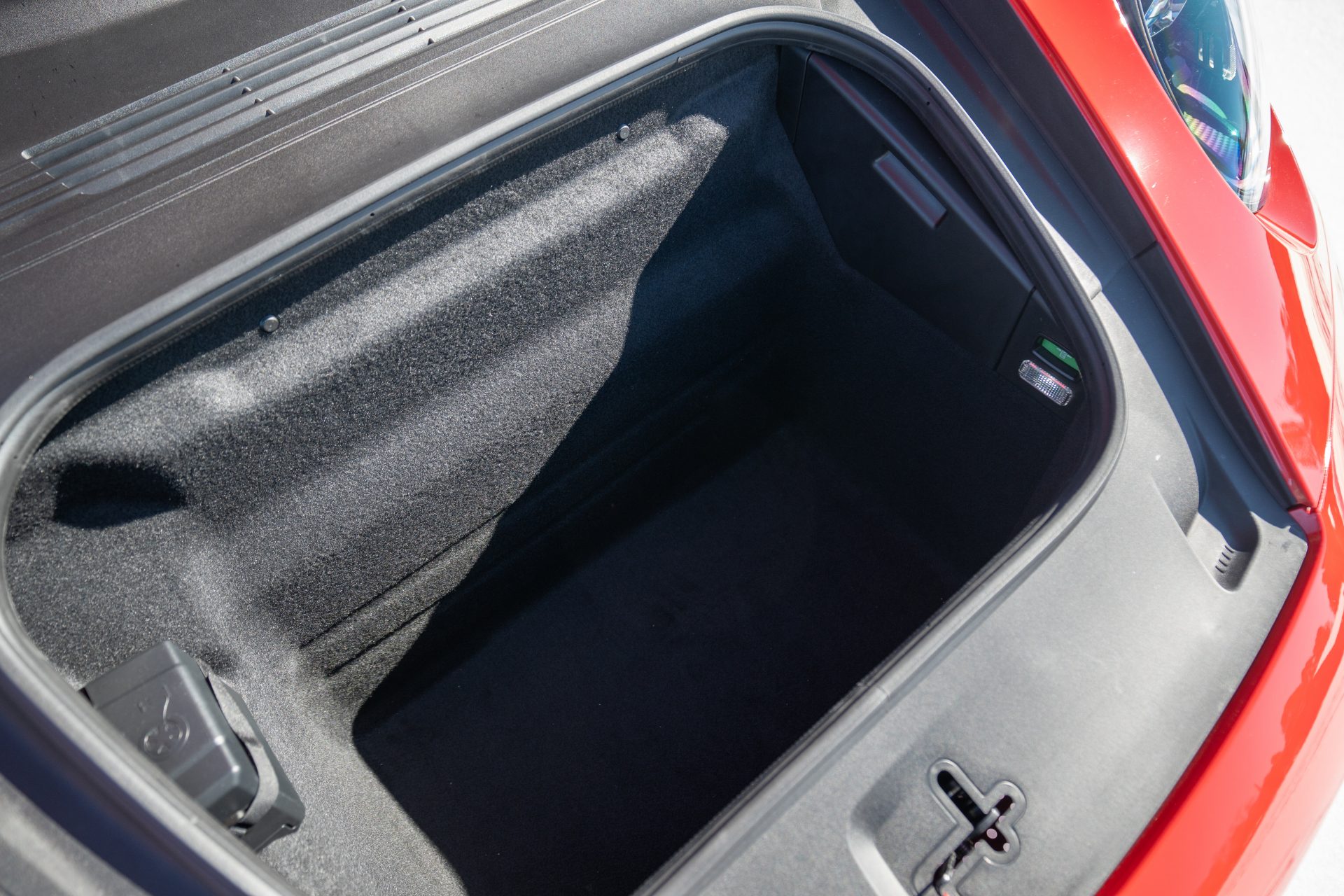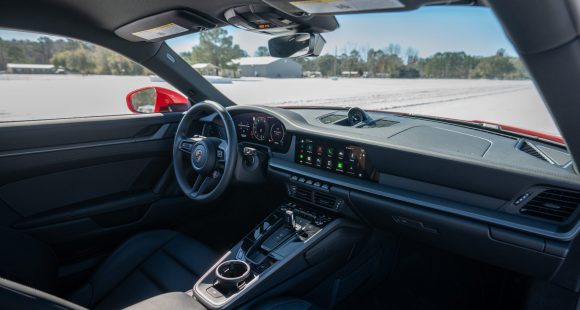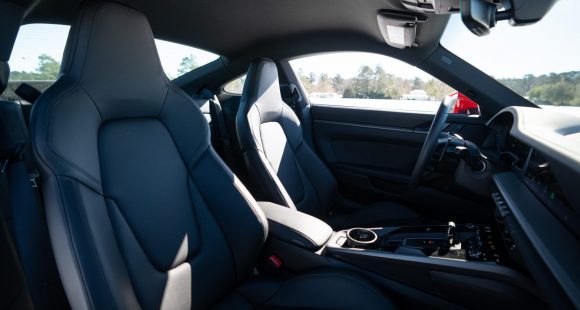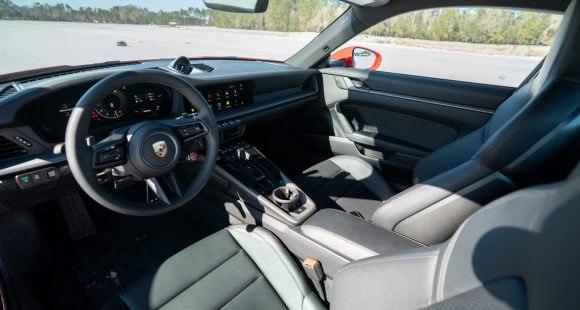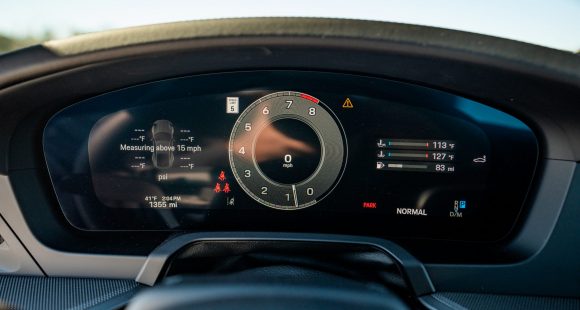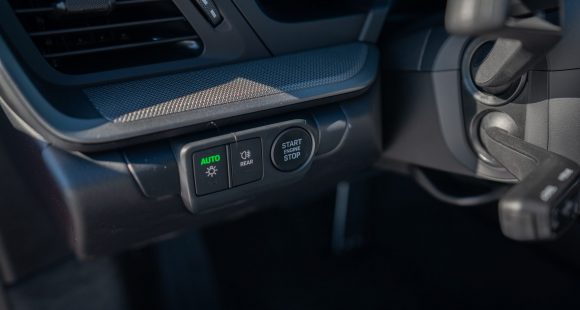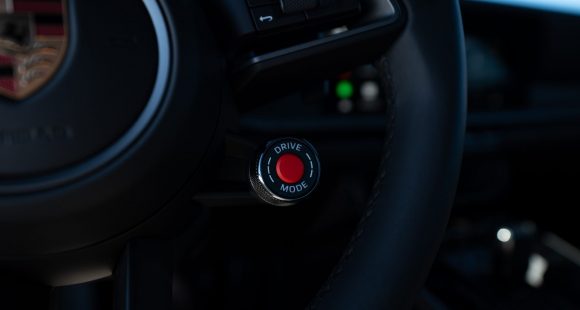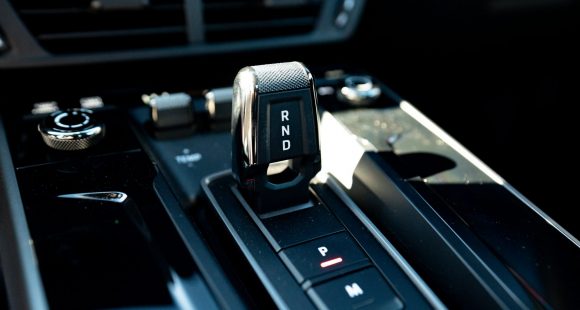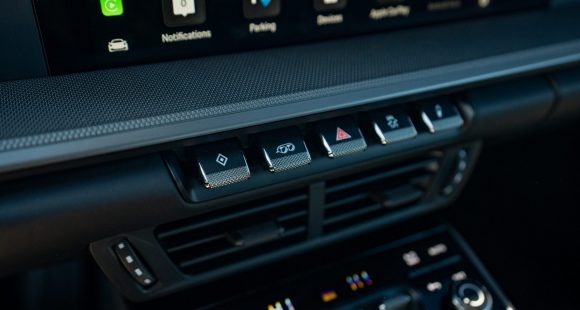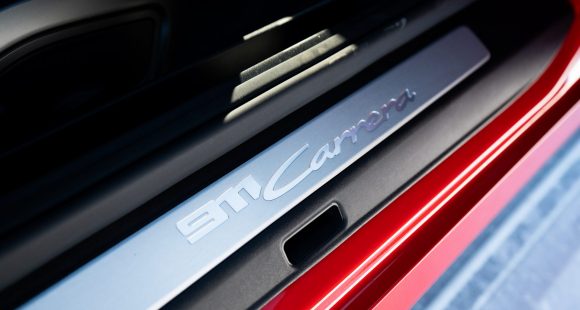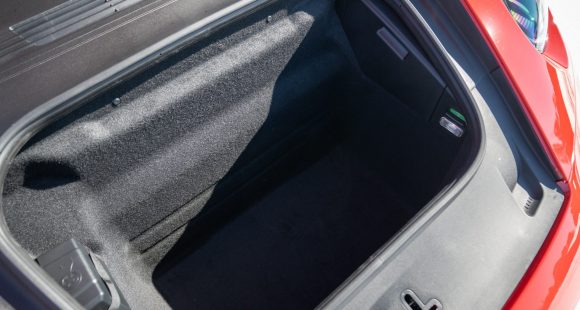2017 Jaguar F-PACE
The Jaguar brand always seemed to be in some type of turmoil, going all the way back to its 60’s heydays. Boy has that changed, these days it appears to have a very solid footing under Tata ownership, producing a string of very impressive vehicles. Notice we didn’t say “cars”. For behold, the F-Pace, Jaguar’s first crossover utility, a “cat” designed to really stir up the market.
Let’s get this straight right out of the box; a Jaguar utility vehicle, as implausible as it may sound, is not really a stretch. After all, Jag’s been partnered with Land Rover since Ford bought the pair in 2000. And during that time, SUVs from luxury brands have gone from a rarity to a necessity. So, this 2017 Jaguar F-PACE shouldn’t be a surprise.
And truth be told, it would have made a fantastic Land Rover. Be that as it may, there are plenty of SUV and crossover sales to go around, and somehow Jaguar resisted the urge to just rebadge a Range Rover, by basing the F-PACE on their own XE/XF sedan chassis. Good call on their part, as it makes it truly unique.
Both the structure and most body panels are aluminum of course, and it looks fantastic, drawing a crowd wherever we parked it. The familiar grille tells everyone what it is; while the 20-inch wheels, with big brakes behind, on this F-Pace S, clue everyone in on its performance potential. Up to 22-inch wheels are available.
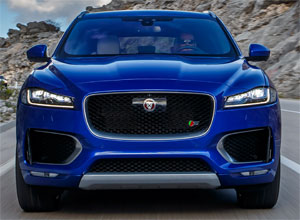 The rear continues the theme established by the F-TYPE, particularly with the LED tail lights. But all-in-all, it looks exactly like you might expect a Jaguar crossover to look like.
The rear continues the theme established by the F-TYPE, particularly with the LED tail lights. But all-in-all, it looks exactly like you might expect a Jaguar crossover to look like.
Powertrain options include 2-different supercharged 3.0-liter V6s, a 340-horsepower version, and the 380-horsepower unit in our S, both rated at 332 lb.-ft. of torque. Plus, a 180-horsepower 2.0-liter I4 turbo-diesel.
All F-PACE’s get an 8-speed automatic transmission with all-wheel-drive.
Behind the wheel, there’s a very familiar Jaguar feel, which is awesome. Smooth and willing. In similar fashion to BMW, Jaguar has established a tremendous brand consistency throughout their lineup.
The F-PACE is also one of those rides that feels faster than you’re expecting, even when you know it’s going to be fast.
F-PACE operates on rear-wheel-drive until traction is lost, at which time in can send 50% of the power forward. Adaptive Surface Progress Control is autonomous driving for off-road, designed for keeping you from hurting your Jag on steep hills or slippery conditions. That’s technology we can get behind; as no doubt it comes from Land Rover. Ground clearance is a fine 8.4-inches.
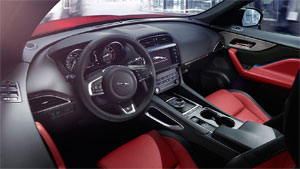 Taking full control ourselves, for straight line sprints, this F-PACE S put plenty of power down; leaping off the line to 60 in just 5.2-seconds.
Taking full control ourselves, for straight line sprints, this F-PACE S put plenty of power down; leaping off the line to 60 in just 5.2-seconds.
Gear changes were brisk, the exhaust sounds exotically loud, and in 13.6-seconds we were at the end of the 1/4 mile travelling at 103 miles-per-hour.
Steering was light, tight, and nimble; and overall it handled extremely well. There was bit of expected understeer, but it remained very flat through our cone course.
On the inside, the F-Pace layout is similar to the XE sedan, but materials are a welcomed step above. And we’re glad to finally see an infotainment system worthy of the brand, Jag’s new InTouch Pro features a 10-inch tablet-like interface.
Front seats have substantial bolstering, but also very good comfort and tons of adjustments.
The expected Jag elements, like the pop-up rotary shifter and TFT gauges are present, but there’s plenty of utility as well, with decent rear seat people space, and 33.5 cubic-ft. of seat-up cargo room.
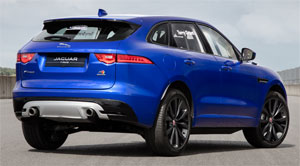 Government Fuel Economy Ratings are 18-City, 23-Highway, and 20-Combined. We averaged a good 21.7 miles-per-gallon on Premium. The Energy Impact Score is about average, with 16.5-barrels of oil burned and 7.4 tons of CO2 emitted annually.
Government Fuel Economy Ratings are 18-City, 23-Highway, and 20-Combined. We averaged a good 21.7 miles-per-gallon on Premium. The Energy Impact Score is about average, with 16.5-barrels of oil burned and 7.4 tons of CO2 emitted annually.
Get the diesel if you want better, it rates 29-mpg Combined.
With the F-Pace, Jaguar now has the broadest product line in their history. And, there is much to like about their first luxury-ute effort, including a base pricing that is quite low at $41,985. And that’s for the diesel. This F-PACE S starts at $57,695; certainly not awful for a vehicle of this caliber.
So, not only is the F-PACE a great mid-size luxury crossover utility vehicle, it’s a great Jaguar! It handles on par with anything similar from Porsche or BMW; for less than the price of a Tahoe. So, get used to seeing plenty of these cats prowling around stirring up the luxury utility market. The 2017 Jaguar F-Pace is truly one of the most outstanding vehicles we’ve driven this year.
Specifications
- Engine: 3.0 liter
- Horsepower: 380
- Torque: 332 lb.-ft.
- 0-60 mph: 5.2 seconds
- 1/4 mile: 13.6 seconds @ 103 mph
- EPA: 18 mpg city / 23 mpg highway,
- Energy Impact: 15.6 barrels of oil/yr
- CO2 Emissions: 7.4 tons/yr
2025 Subaru WRX tS
Subaru’s “World Rally eXperimental” Gets Tecnica-Tuned Tech
Building on its global rally heritage, WRX has been a standalone Subaru nameplate, marketed separately from garden variety Impreza, for two generations now. And while the current WRX still lacks the full STI treatment, this WRX tS serves up some of that high-performance spice we’ve been longing for.
Before we go flat out into our Track Test of this 2025 Subaru WRX tS, lets open the Subaru dictionary so we’re all on the same page. “tS” stands for “tuned by STI;” and “STI” is an acronym for “Subaru Tecnica International,” the brand’s high-performance sub-group best known for upgrading the WRX— oh, that stands for “World Rally eXperimental,” in case you didn’t know.
All that said, STI has been largely dormant for this WRX generation, but this tS sprinkles more of their engineering magic into the mix. No, that doesn’t mean extra power, but does mean significant chassis-related improvements.
First, electronically controlled dampers, adjustable through the 11.6-inch tablet-style infotainment screen. That meant a softer “comfort” mode on the 10+ hour commute to and from Savannah’s Roebling Road Raceway. But once we were there, it was the firmer “Sport+” setting all the way, heightening response from the WRX’s throttle and already quick dual-pinion power steering system. There’s still some body roll for rally-esque weight transfer, but it’s well sorted and provides the “toss-ability” you want in a WRX.
Though if you do autocross your tS, which we implore you to do, you might feel the six-piston front, two-piston rear Brembo brakes first. The bite is strong, giving good rotation in the corners and plenty of “halt” for this 3,400 lb. compact with minimal fade, keeping us on track all week…until some unfortunate winter weather passed overhead. No worries here, as Subaru’s Symmetrical All-Wheel-Drive system got us to the track for some powdered deserts: Frosted donuts served up Michelin style, a set of winter tires different from the grippy Bridgestone Potenza S007 rubber the tS typically rides on. Some prior hot laps of California’s Sonoma Raceway gave credence to those Bridgestones, and showed us what this hot-compact can do in ideal conditions.
It’s well sorted and provides the “toss-ability” you want in a WRX.
Other tS enhancements are cabin-based, namely these beautiful blue Recaros. Most of our staff appreciated their moderately-aggressive bolstering on both street and track. And they’re even heated, too. Another tS-only appointment is this 12.3-inch digital gauge display. It mimics the standard analog gauges with some additional info, but can switch to a navigation mode for more convenient route guidance.
We do wish our tS came in the new Galaxy Purple or the trademark World Rally Blue, but this Crystal White paint wasn’t too shabby, contrasting its Cherry Blossom Red badging and blacked-out lip spoiler. Otherwise, the tS is like any other WRX, down to the hood scoop funneling air to the top-mounted intercooler.
Underneath is the same turbocharged 2.4-liter flat-four in all other trims, boxing at 271 horsepower and 258 lb-ft of torque. The freak winter weather stopped straight-line testing, but a 0-60 time estimate of 5.5 seconds is about as spry as you realistically need, pulling strong through most of the tach; though the 6,000 RPM redline required attentive shifting of the six-speed box, which the tS comes exclusively with. The throws are precise, if a little long, and the clutch is wonderfully weighted.
With discontinuation of the Base trim, pricing for the WRX now starts with Premium at $36,920. The tS is at the top of the lineup with the automatic-only GT, both starting at $46,875. All WRXs continue to be made in Gunma, Japan.
If you’re an enthusiast itching to do the tuning yourself, perhaps the 2025 Subaru WRX tS is not for you. But if you want a plug-and-play experience, this is it. While it won’t exactly bestow the loose-cannon, top-level driving skills exhibited by famous WRC drivers upon you, the tS moves this WRX’s game in a direction we’ve so desperately wanted Subaru to take.
Specifications
As Tested
- Engine: 2.4-liter flat-four
- Tranmission: 6-speed manual
- Horsepower: 271
- Torque: 258 lb-ft
2025 Porsche 911 Carrera
Ever Evolving 911 Reaches New Heights
The Porsche 911 has existed for 60 years now! Amazing! And, you could argue that major changes over all those years have been relatively few, as constant incremental improvement is more the way that Porsche does business. With that in mind, let’s hit the track in the latest 911 and see what constant improvement means for 2025.
We’ve driven so many 911s here at MotorWeek, each seemingly more special than the last, so it’s a bit refreshing to be ripping around Savannah’s Roebling Road Raceway in a 2025 Porsche 911 that’s about as close as you can get to base these days. And the fact that it’s just as fun as all those exclusive pieces says a lot about how far the 911 has come. Perhaps it also speaks to how much a base 911 will set you back today as well; more on that later.
For now, we’re just thinking about the next apex, holding steady throttle as we approach, and getting on it way sooner than you’d expect without upsetting anything, as the 911 rockets off the corner thanks to tremendous grip and a PDK trans that finds the perfect gear before we even gave it a thought. Even with very cold track temps, we never struggled for grip or battled any wheelspin coming off of corners. And trying to land it in that perfect spot in braking zones is easy with strong brake performance that was predictable and consistent lap after lap; no wandering, and great feedback too.
Yes, even the standard 911 is near pure perfection on a racetrack. It gives you all the right feedback, stays incredibly flat through corners, makes you always feel totally in control, and again is just plain fun. Unless you’re chasing lap times, there’s really no need to head further up the 911 tree. Though it is worth noting the few upgrades that were on our Carrera did help the situation a little. The 20- and 21-inch Carrera S wheels enabled plenty of grip from the 305 Pirelli P Zero tires, the Sport Chrono Package allows 0-60 sprints of 3.7 seconds, an extended range fuel tank meant we could lap all day without having to fill up, and the fantastic Sport Seats provided great support and better comfort than we remember experiencing in a 911. The Sport Exhaust system didn’t add anything to performance, but made things sound a whole lot better, and the oval silver tips look great too.
We never struggled for grip or battled any wheel spin coming off of corners.
Our track time got cut short thanks to a rare snowstorm in Coastal Georgia, but the white stuff and blue sky made the perfect backdrop for our Guards Red Carrera. Exterior tweaks for what is officially the 992.2 include a reshaped front fascia with improved aerodynamics. All front lighting is now contained within the Matrix Design LED headlight housing. The rear fascia has also been smoothed out, the license plate moved higher, and Porsche 3D block lettering spelled out across the back beneath the active rear spoiler and new decklid grille.
Even without Turbo in the name, the standard 911 engine is indeed a turbo these days, a 3.0-liter flat-six twin-turbo delivering 388 horsepower and 331 lb-ft strictly to the rear wheels in the Carrera Coupe.
Inside the cabin, the 911 continues its slow crawl towards the modern, now including a 12.6-inch fully digital gauge display and a start button located on the left side of the steering wheel, with drive modes easily accessible on the wheel itself. In another no brainer move, Porsche now makes the rear seat a no cost option, so you can choose if you want it or not.
Government Fuel Economy Ratings are 18 City, 25 Highway, and 21 Combined. That’s only slightly worse than average for the Energy Impact Score; 14.2 barrels of annual oil consumption with 7.0 tons of CO2 emissions.
The good news is this 911 had the fewest number of options of any Porsche that we’ve tested in some time, and it was still plenty awesome; the bad news is, a base Porsche 911 Carrera Coupe now starts at $122,095.
But can you really put value on “the force,” this mythical power that Porsche seems to have, that somehow turns average drivers into great ones? It’s useless to resist as far as we’re concerned, as it only gets better with the 2025 Porsche 911 Carrera.
Specifications
As Tested
- Engine: 3.0-liter twin-turbo flat-6
- Transmission: 8-speed PDK
- Horsepower: 388
- Torque: 331 lb-ft







